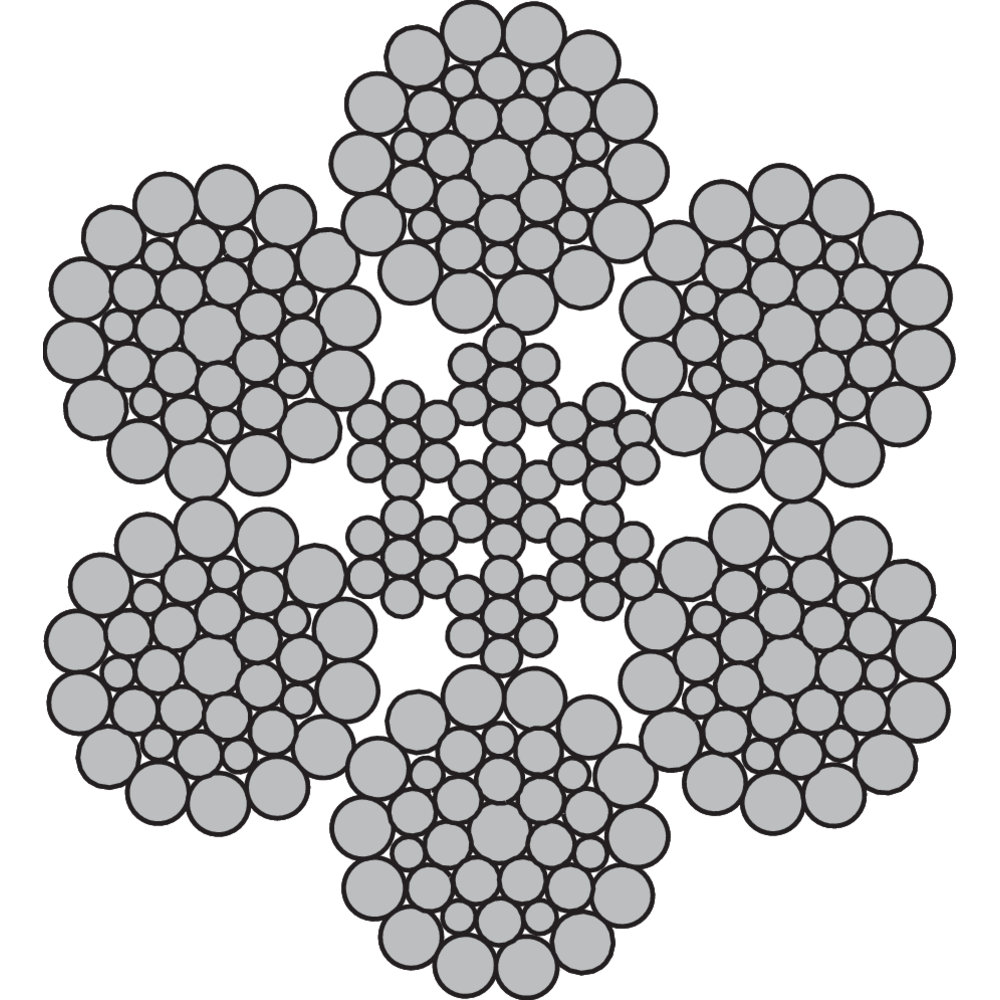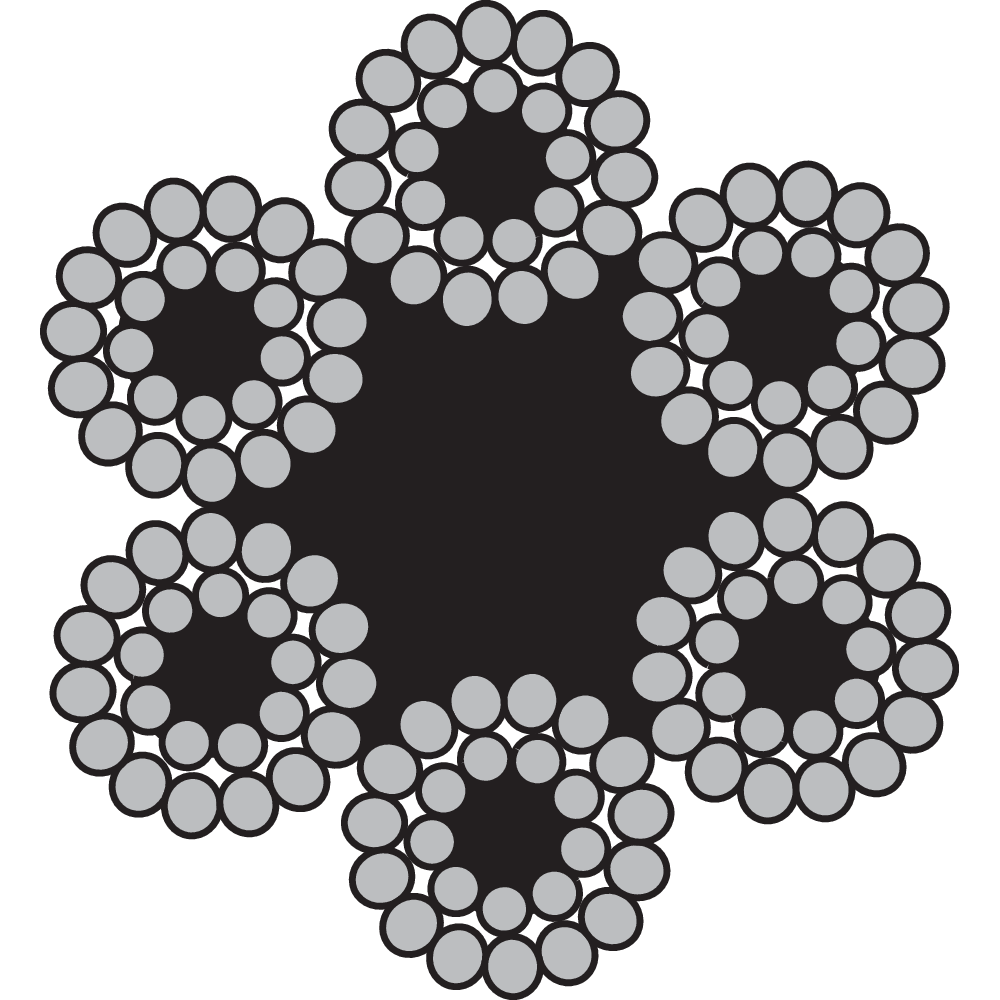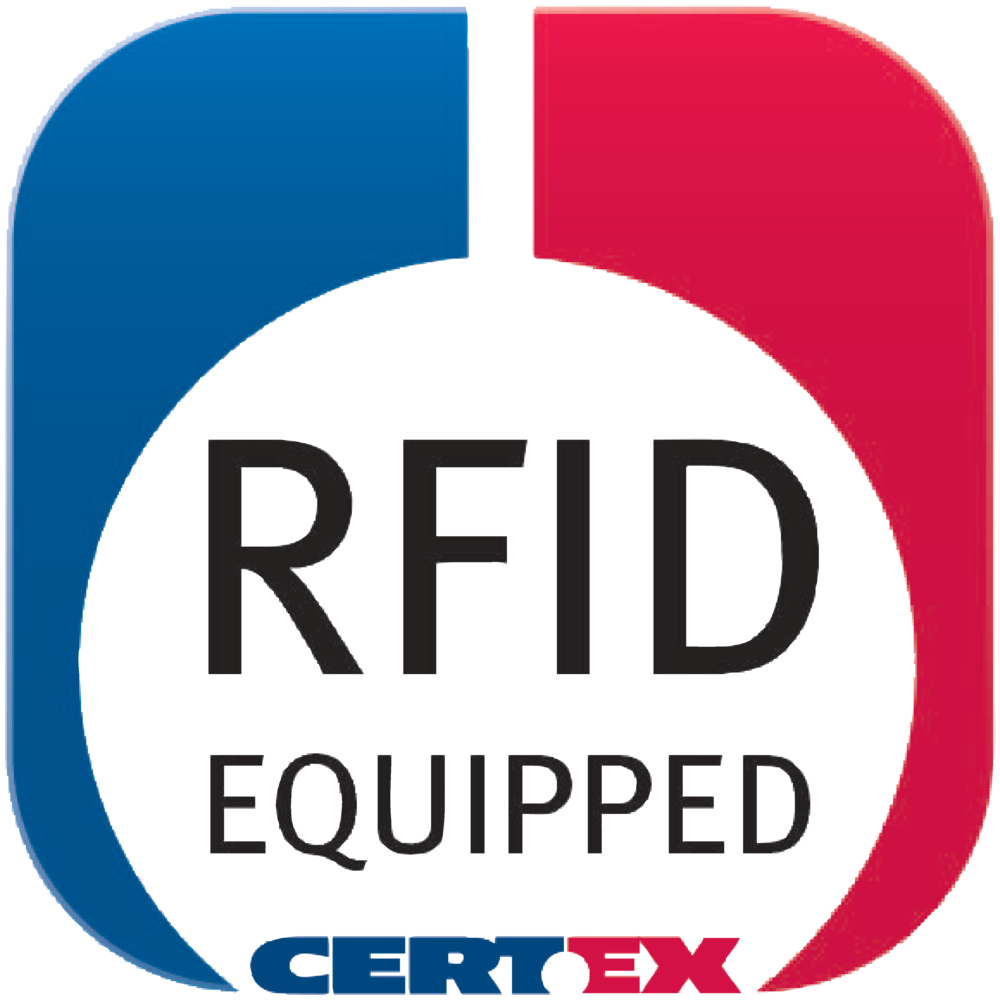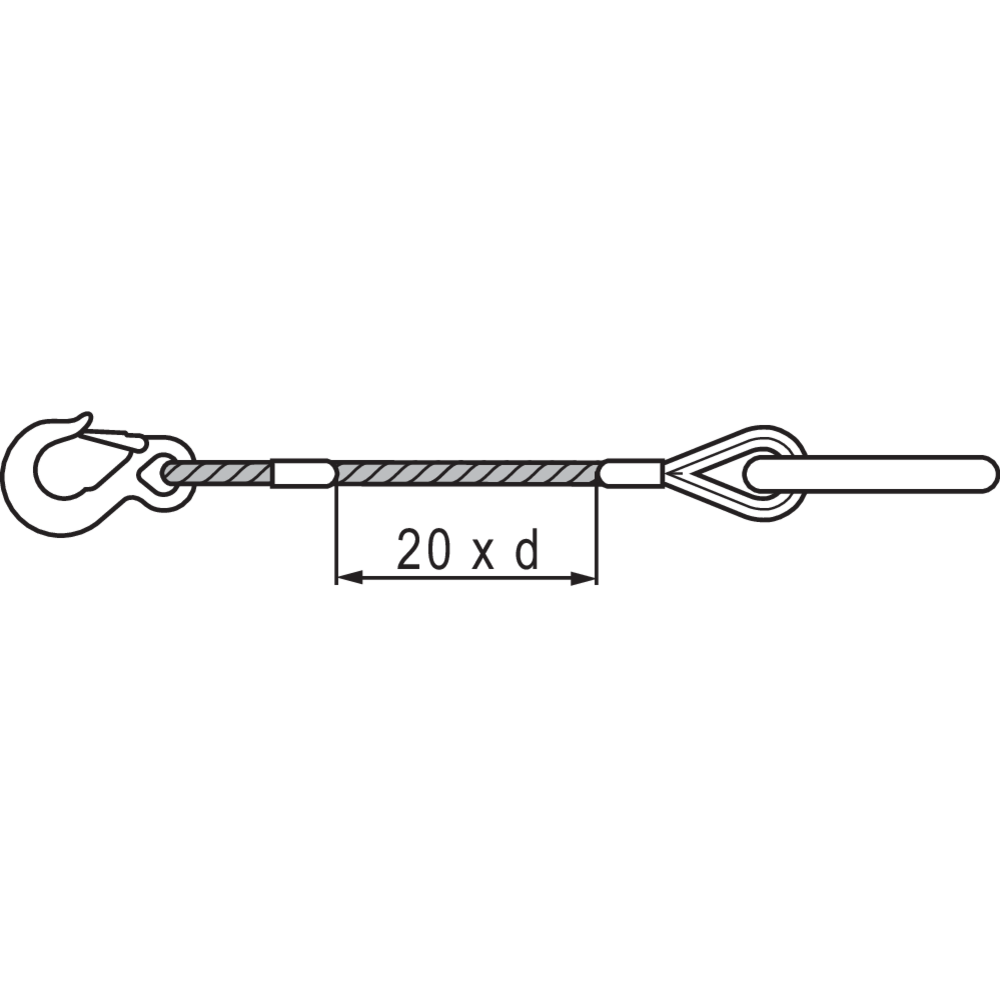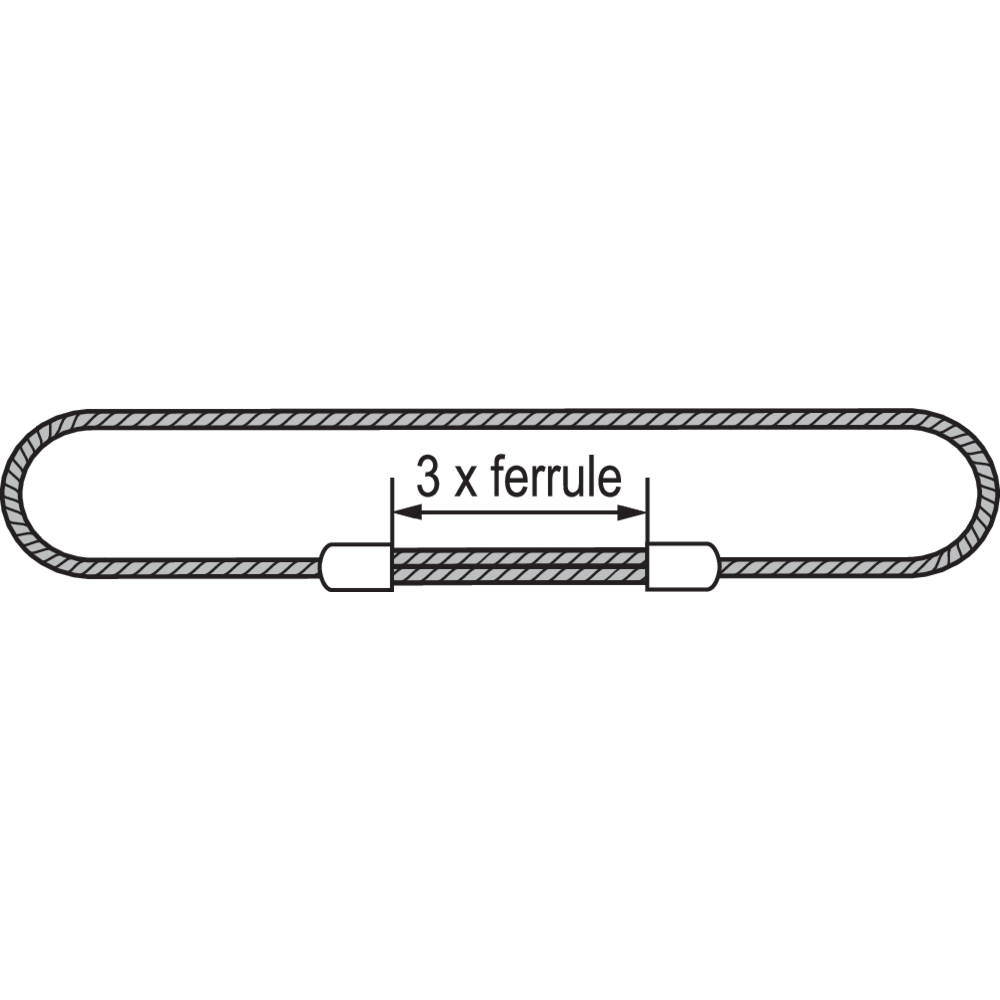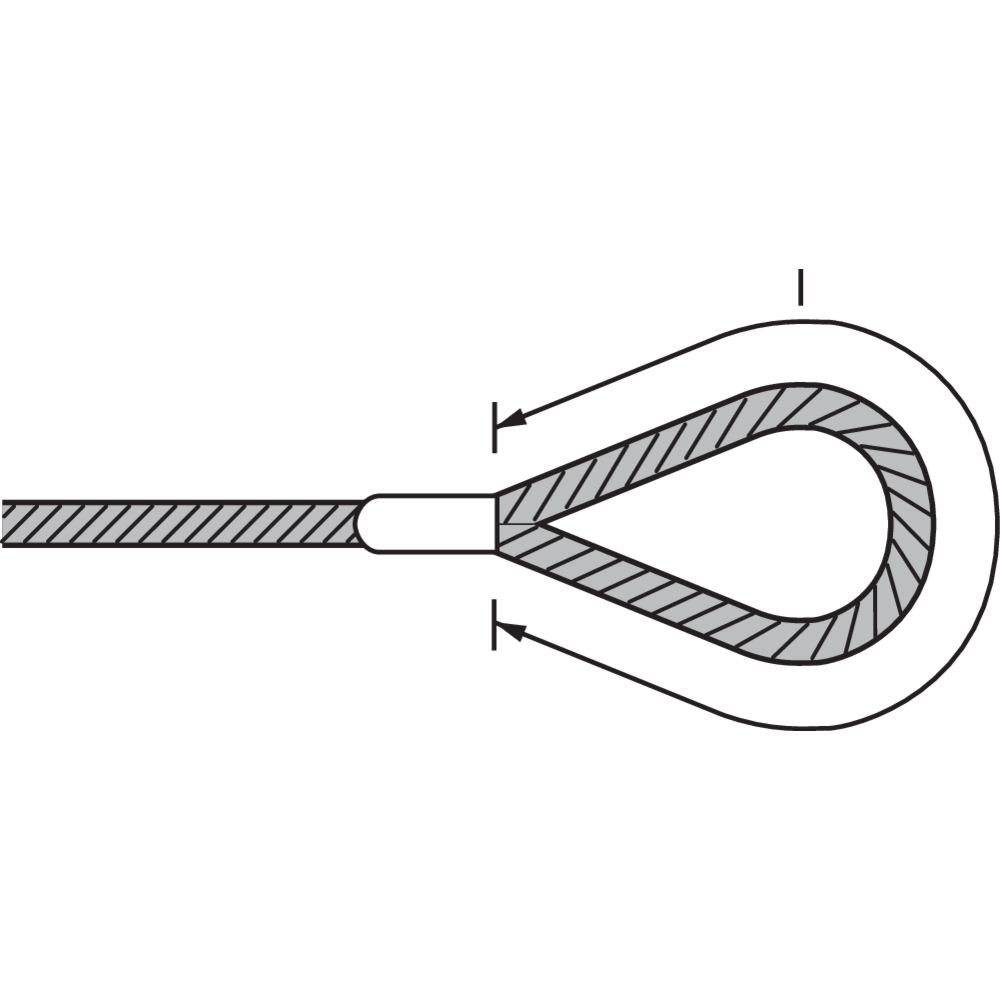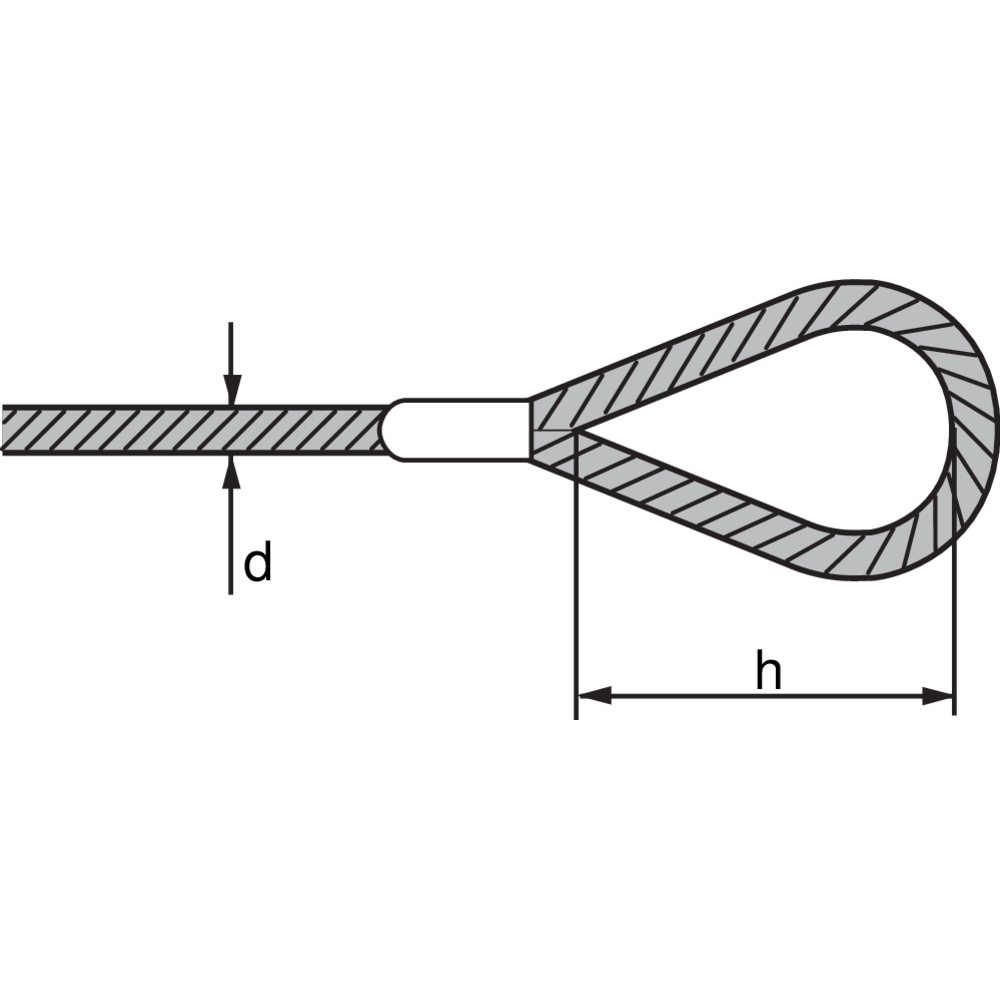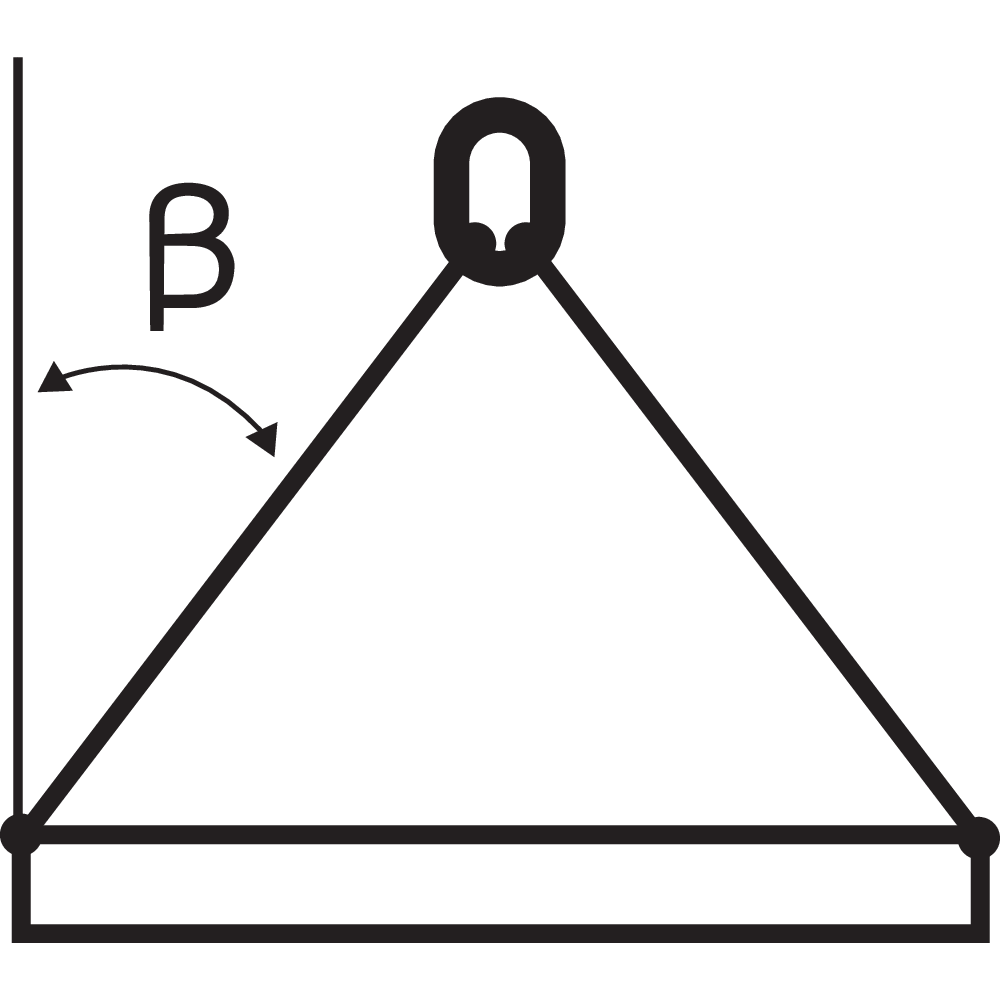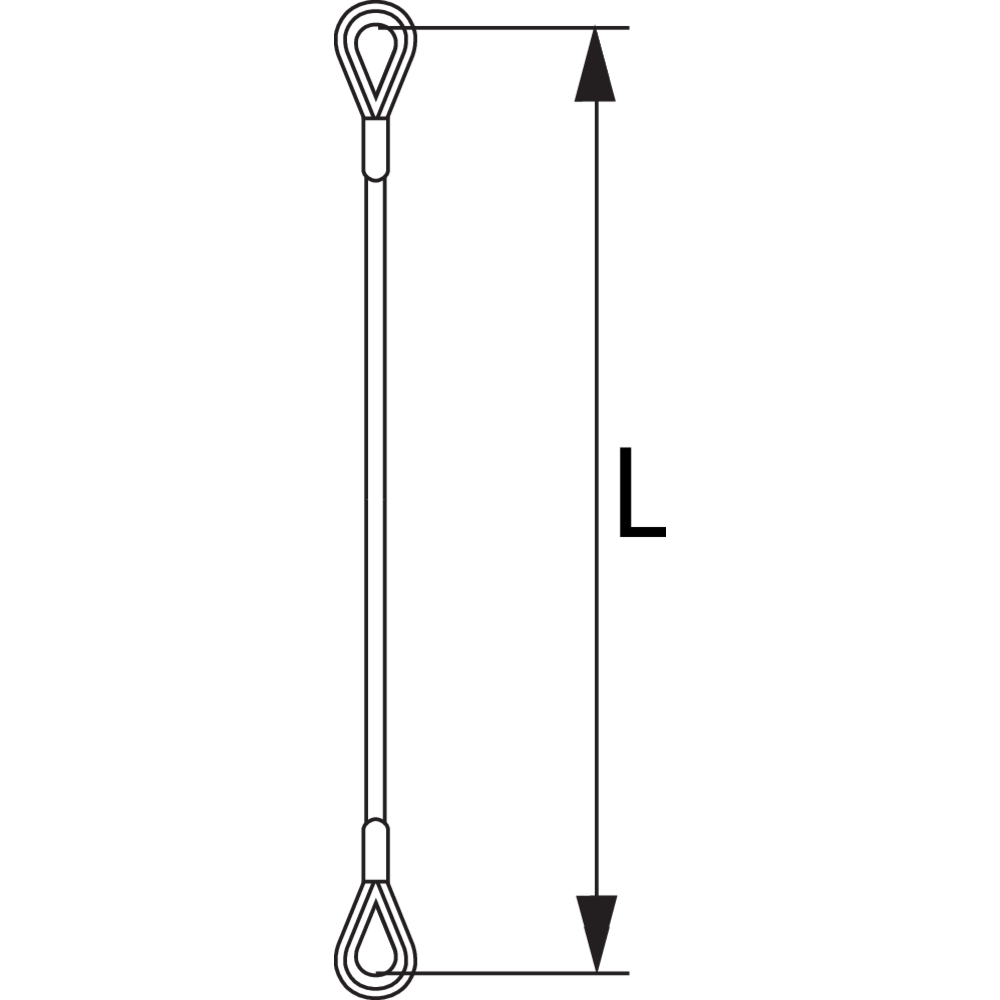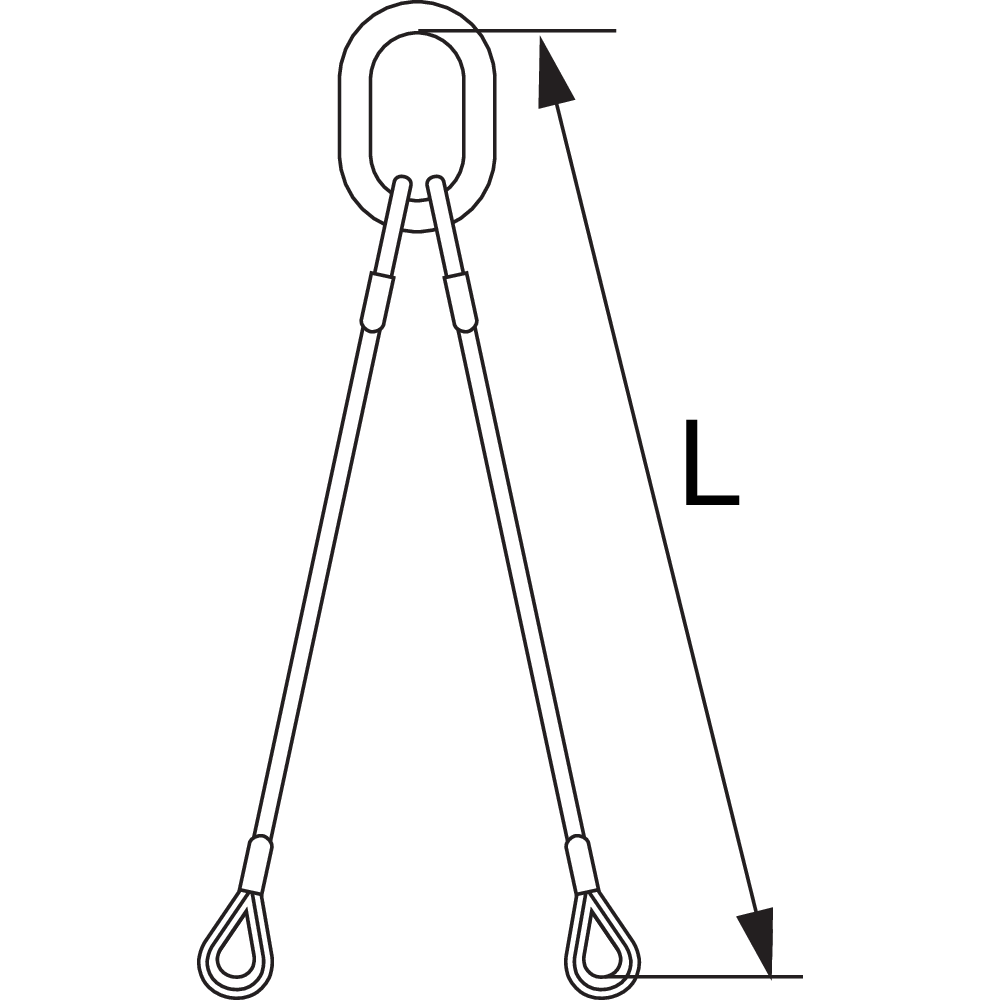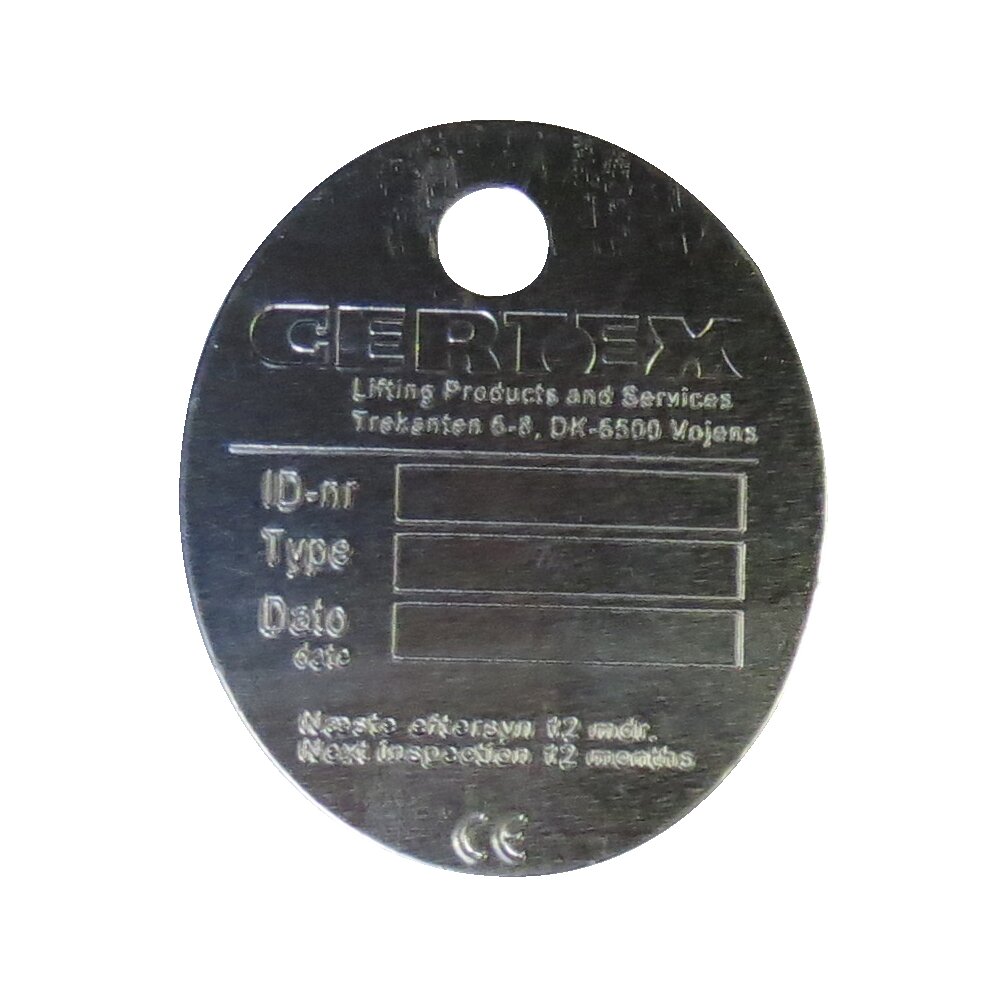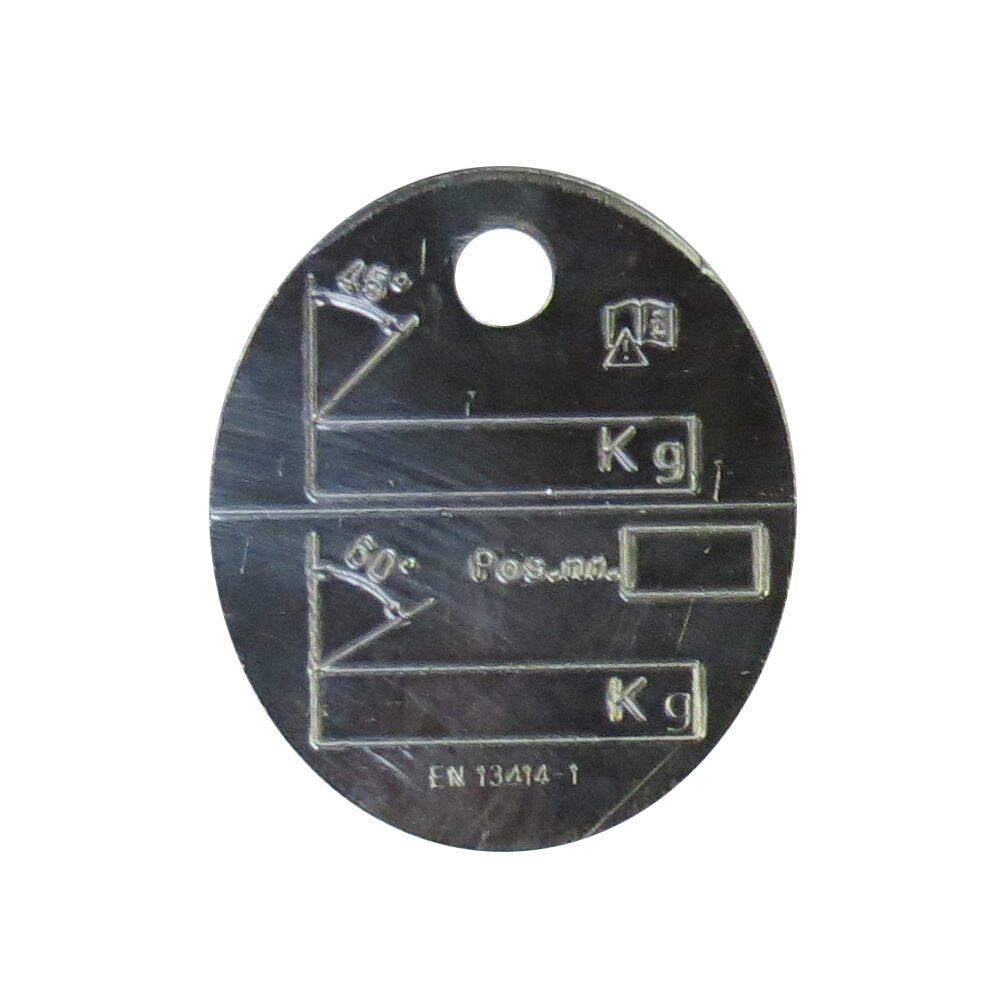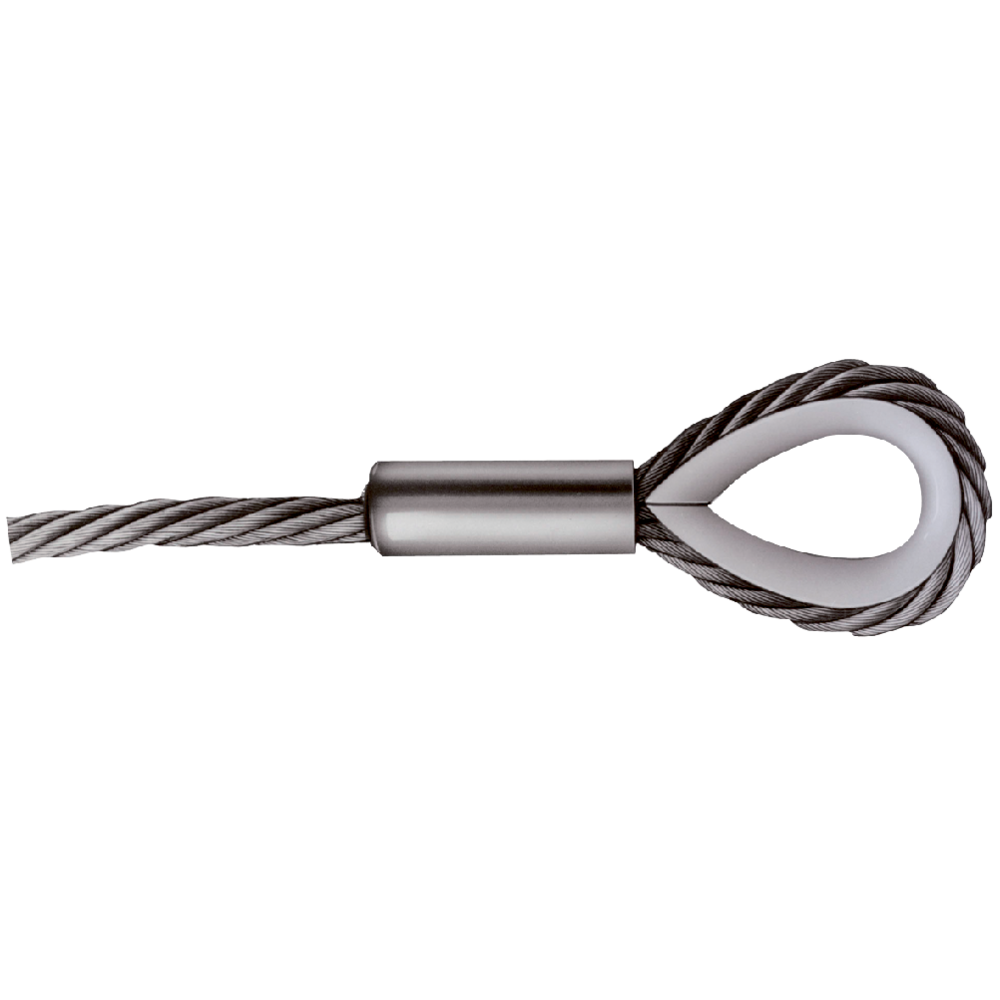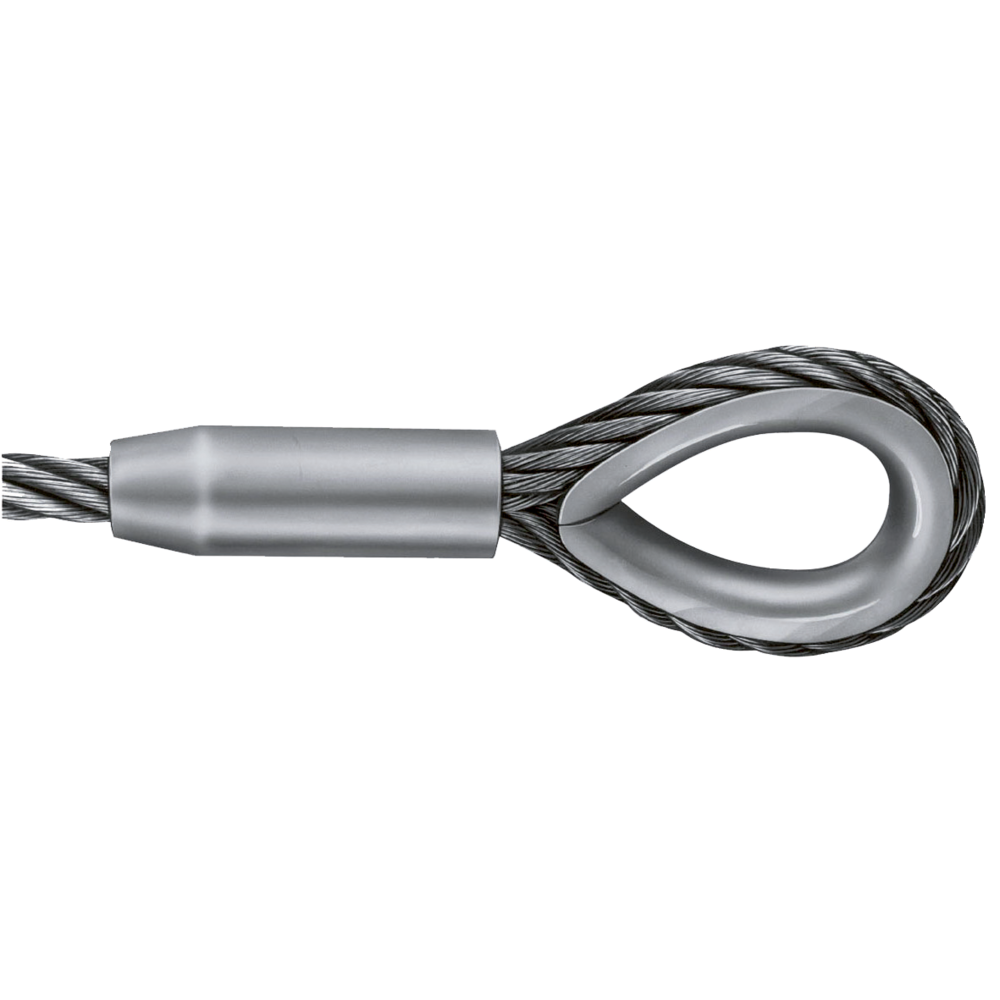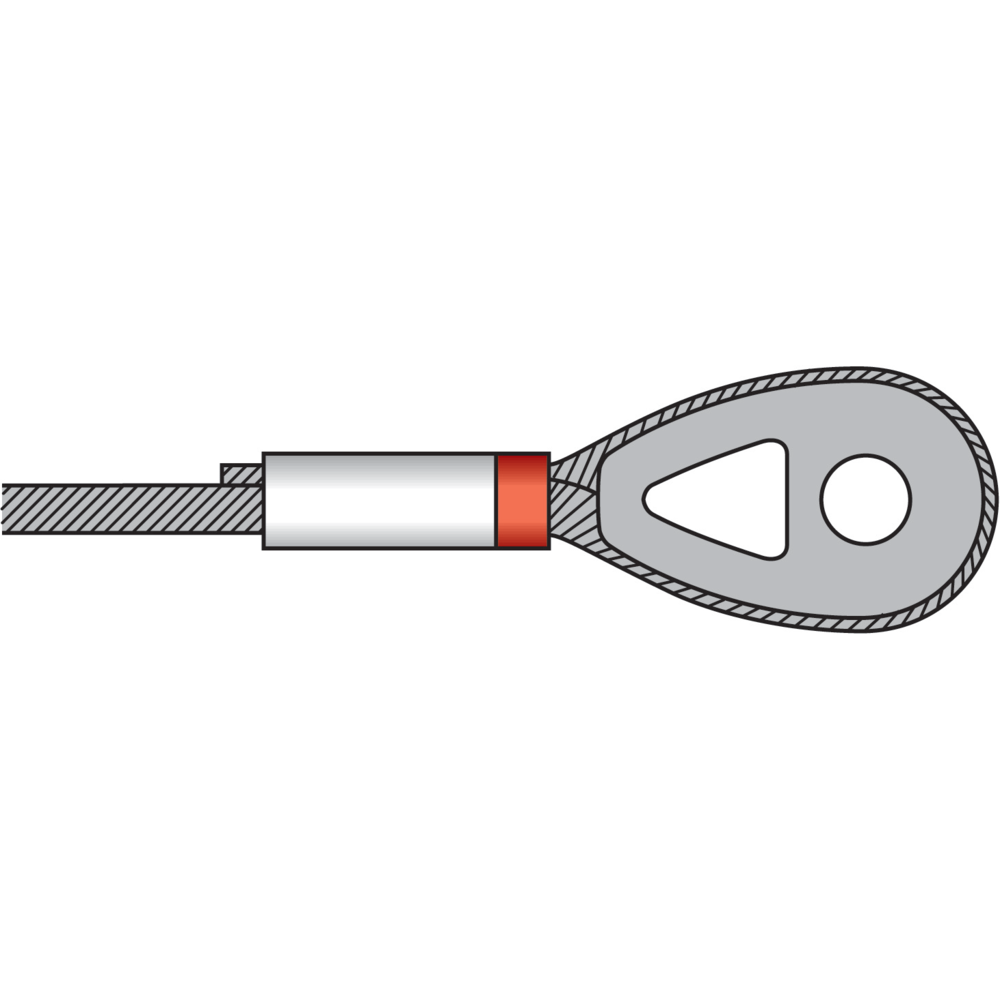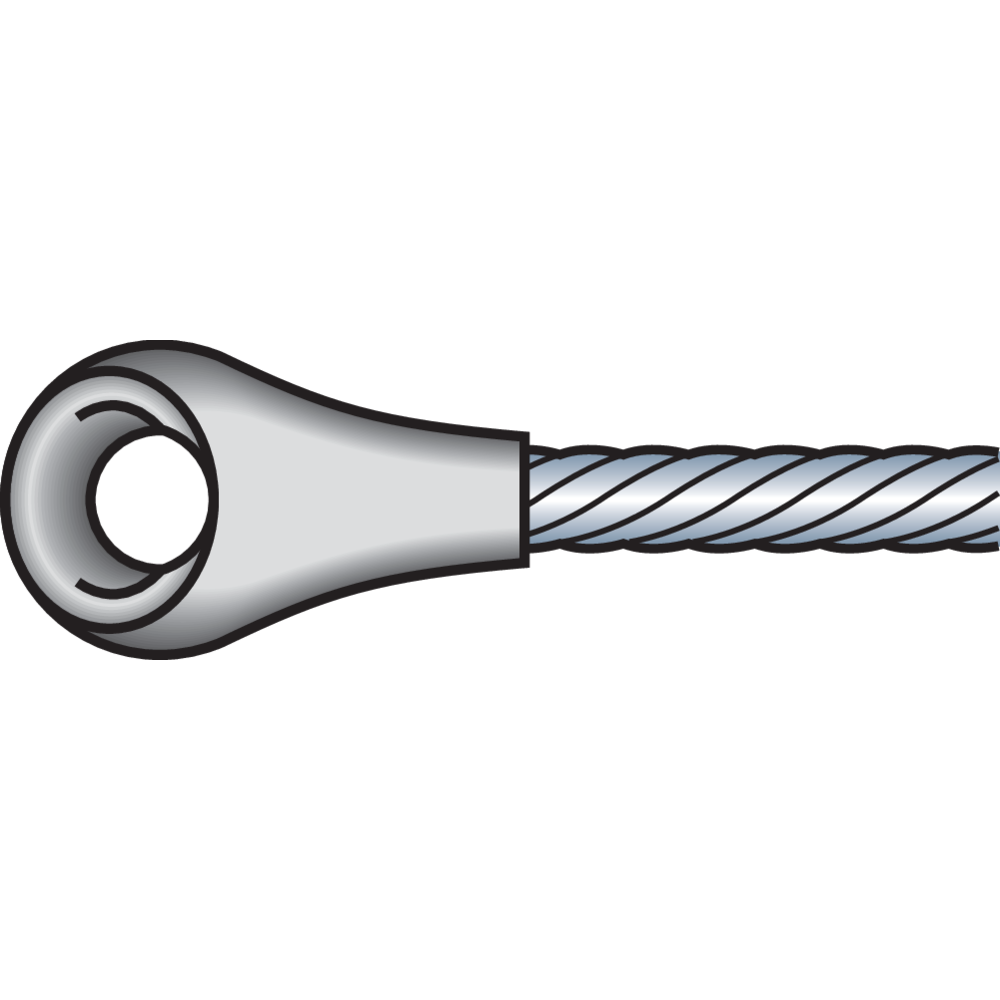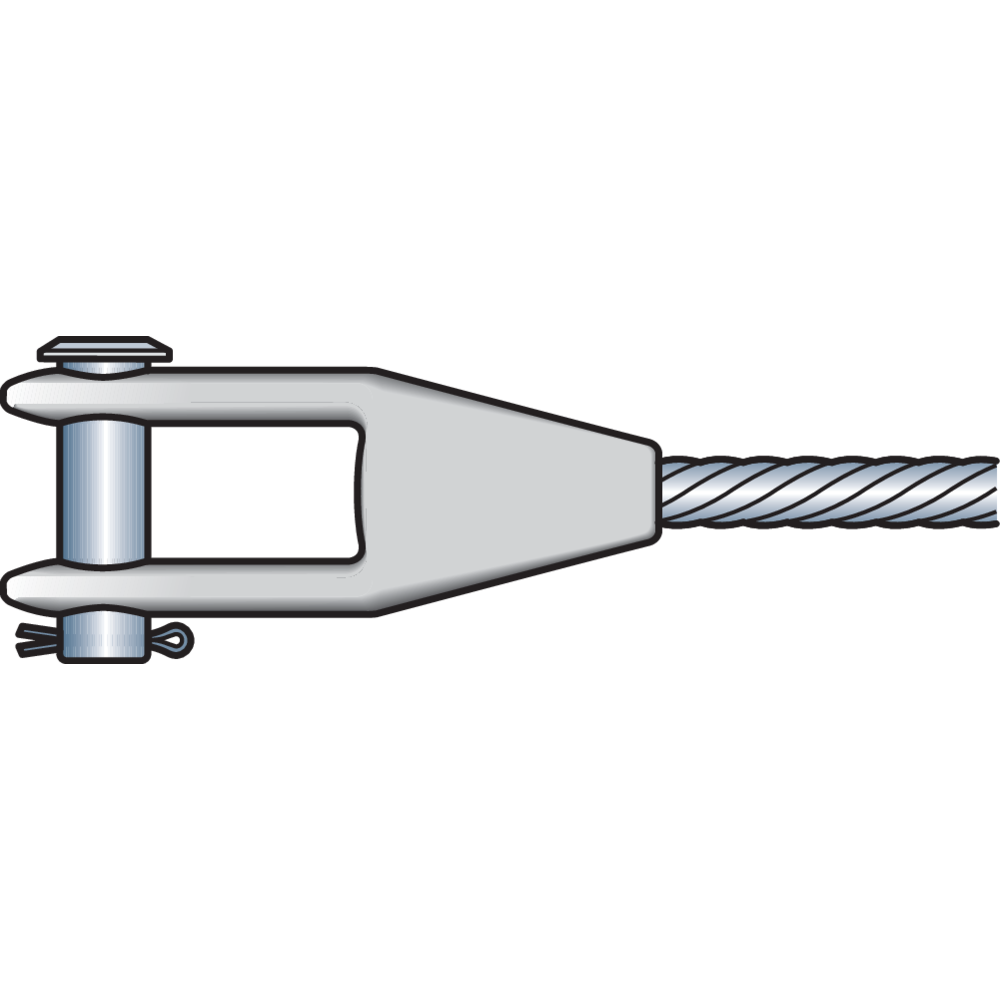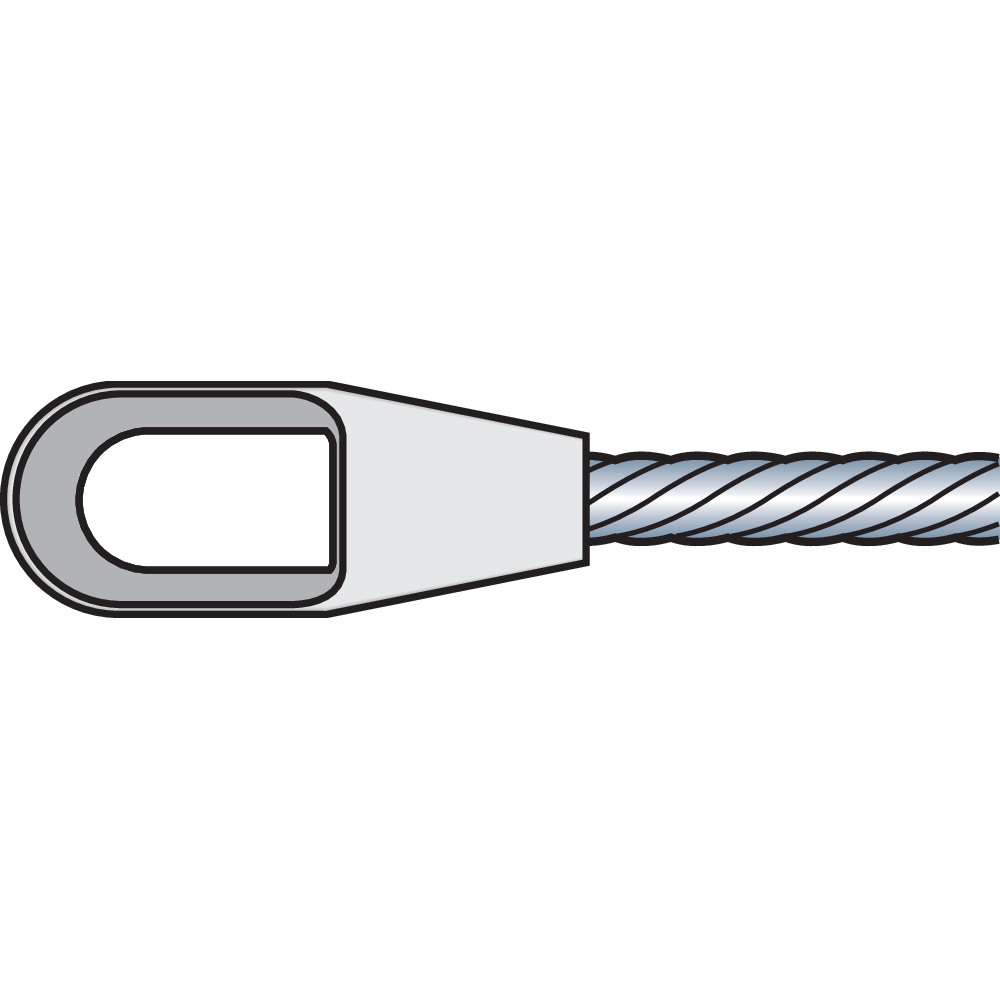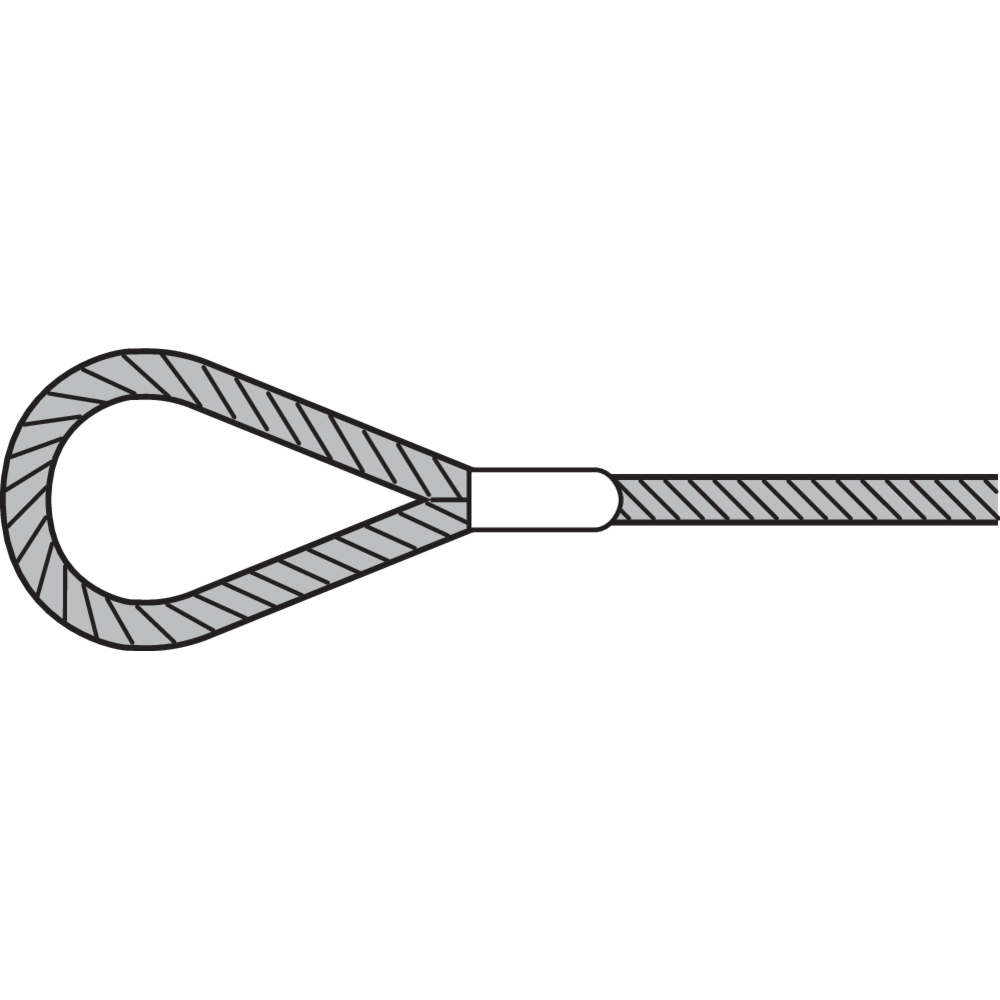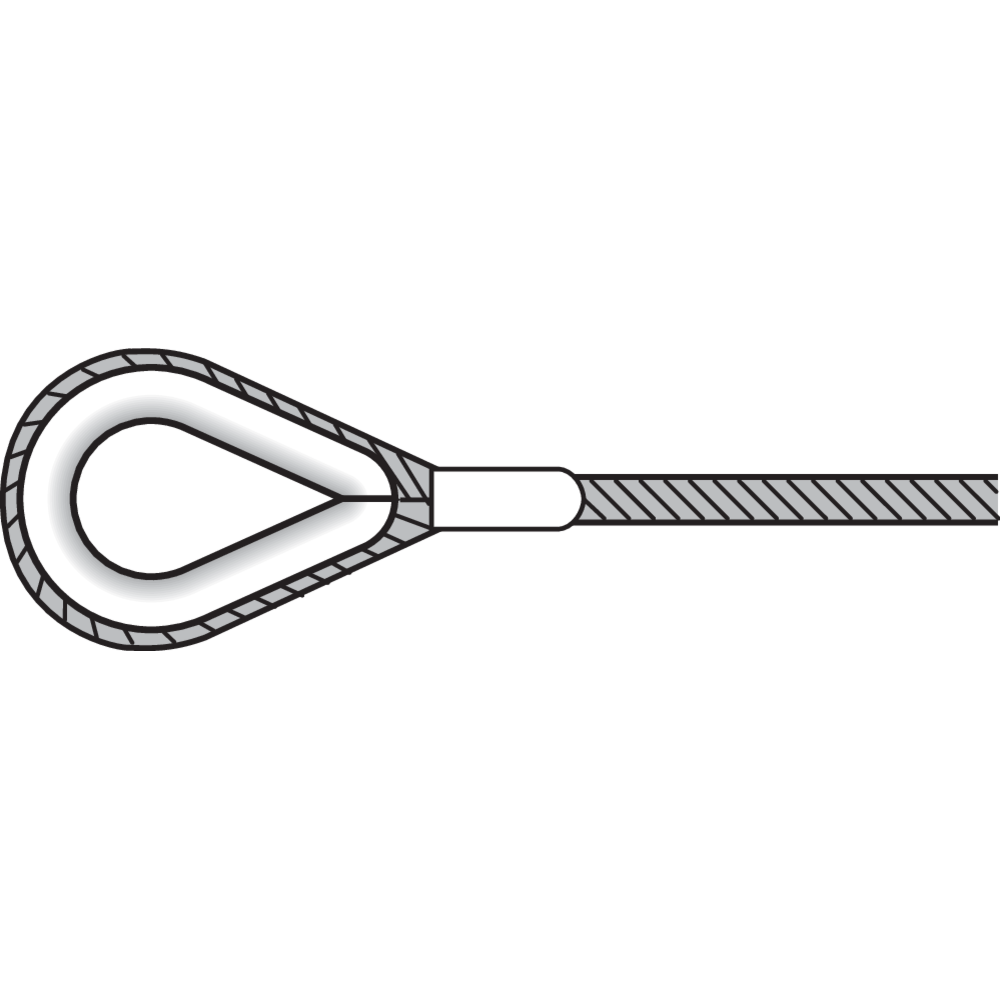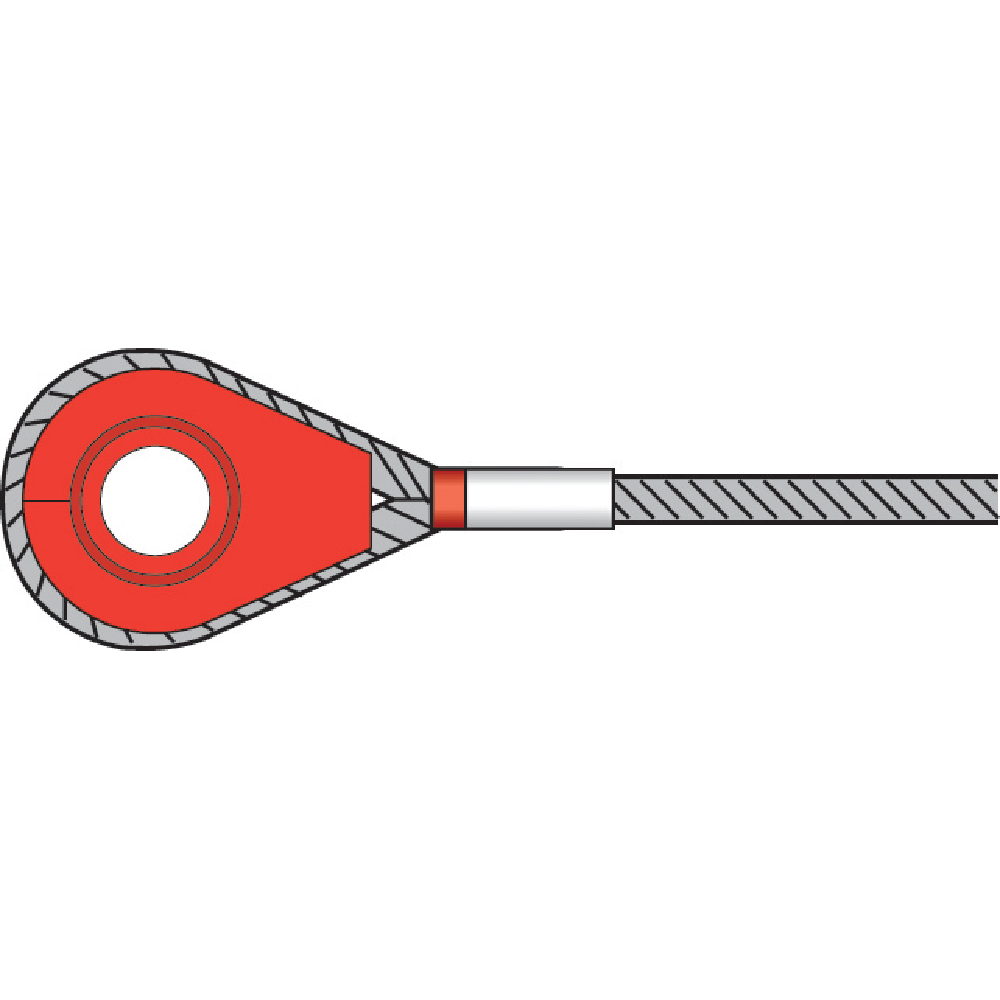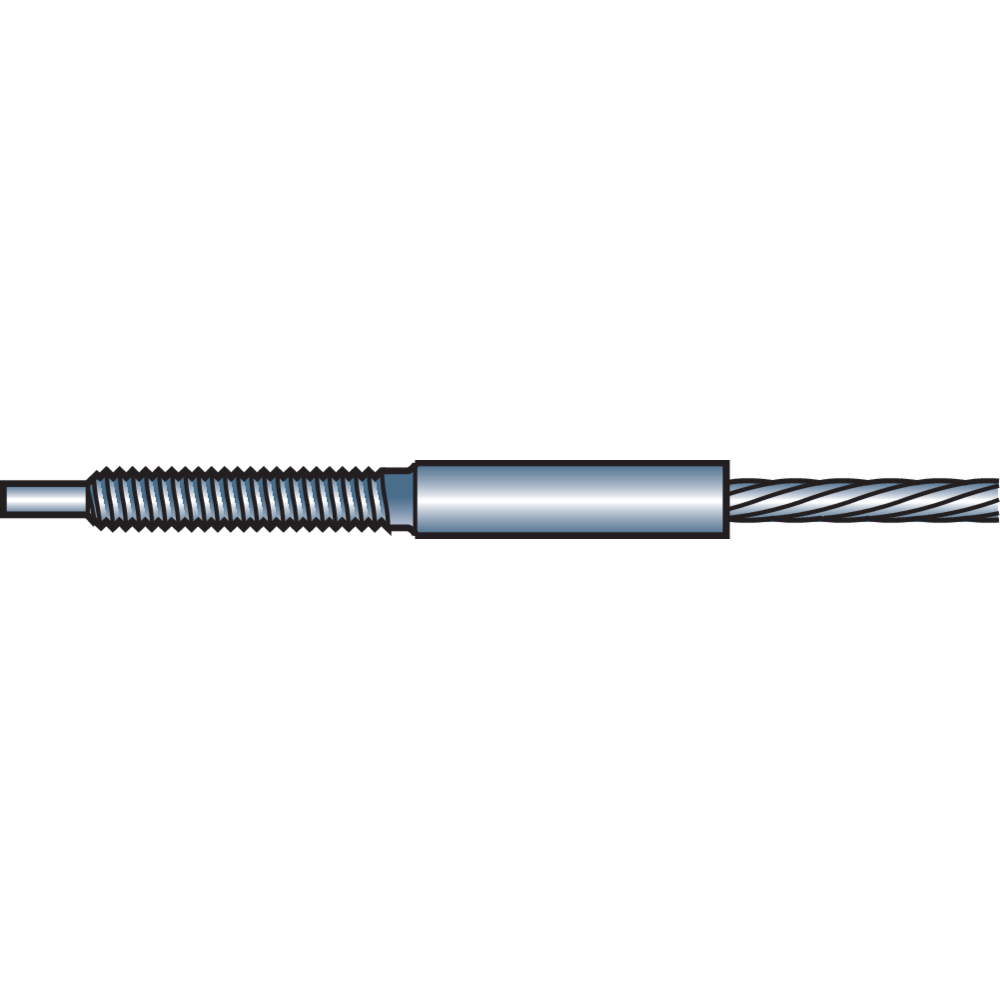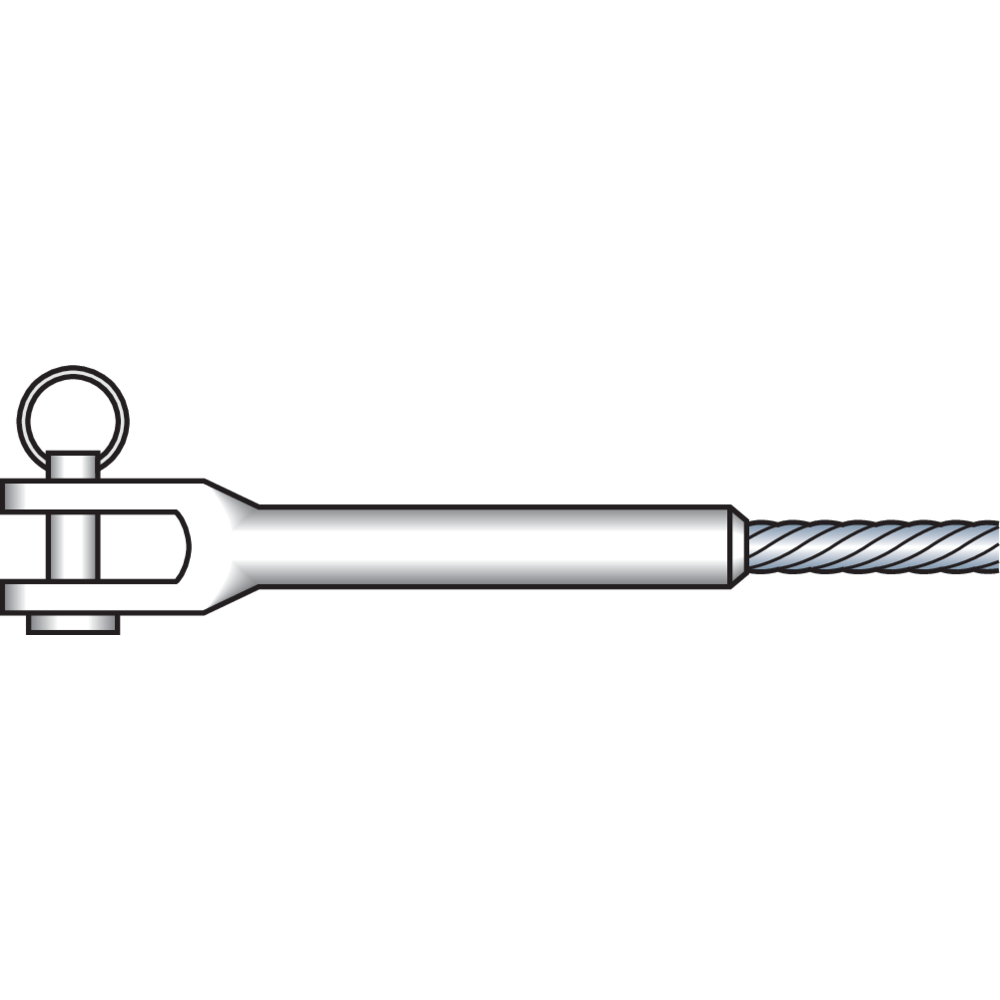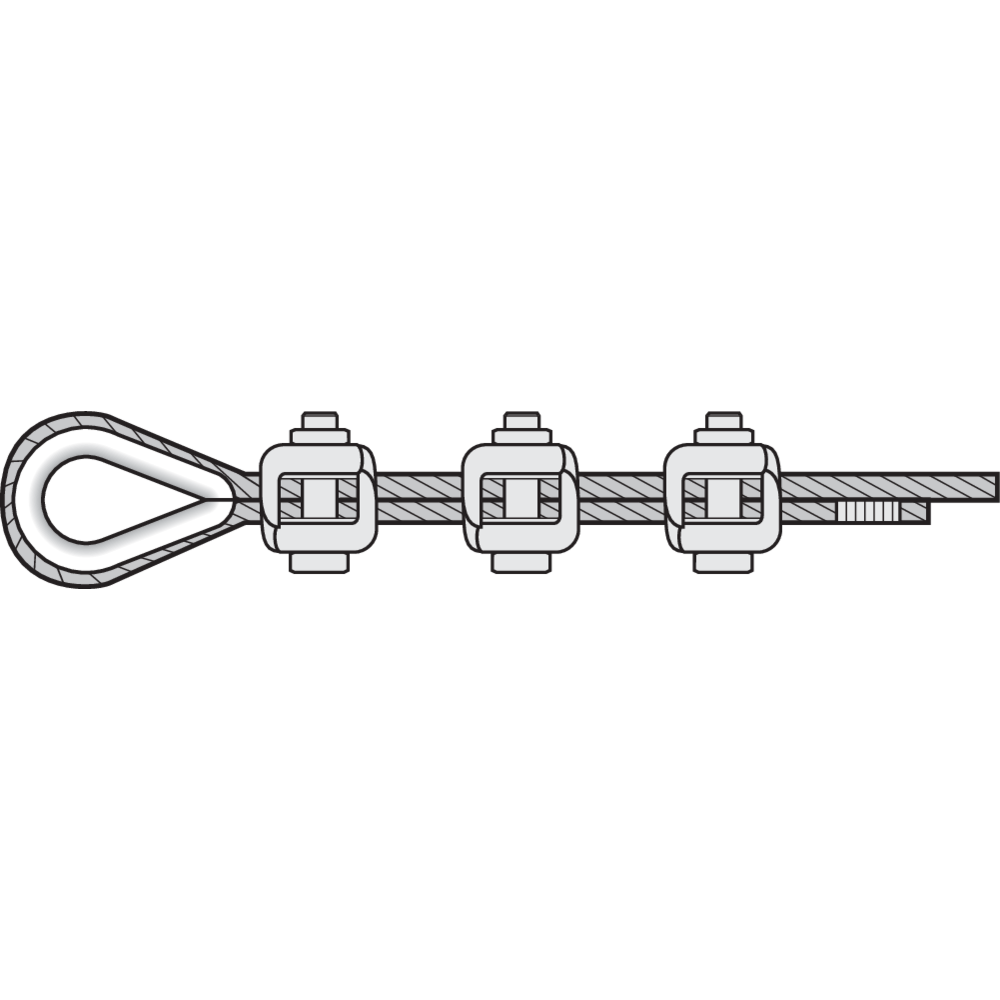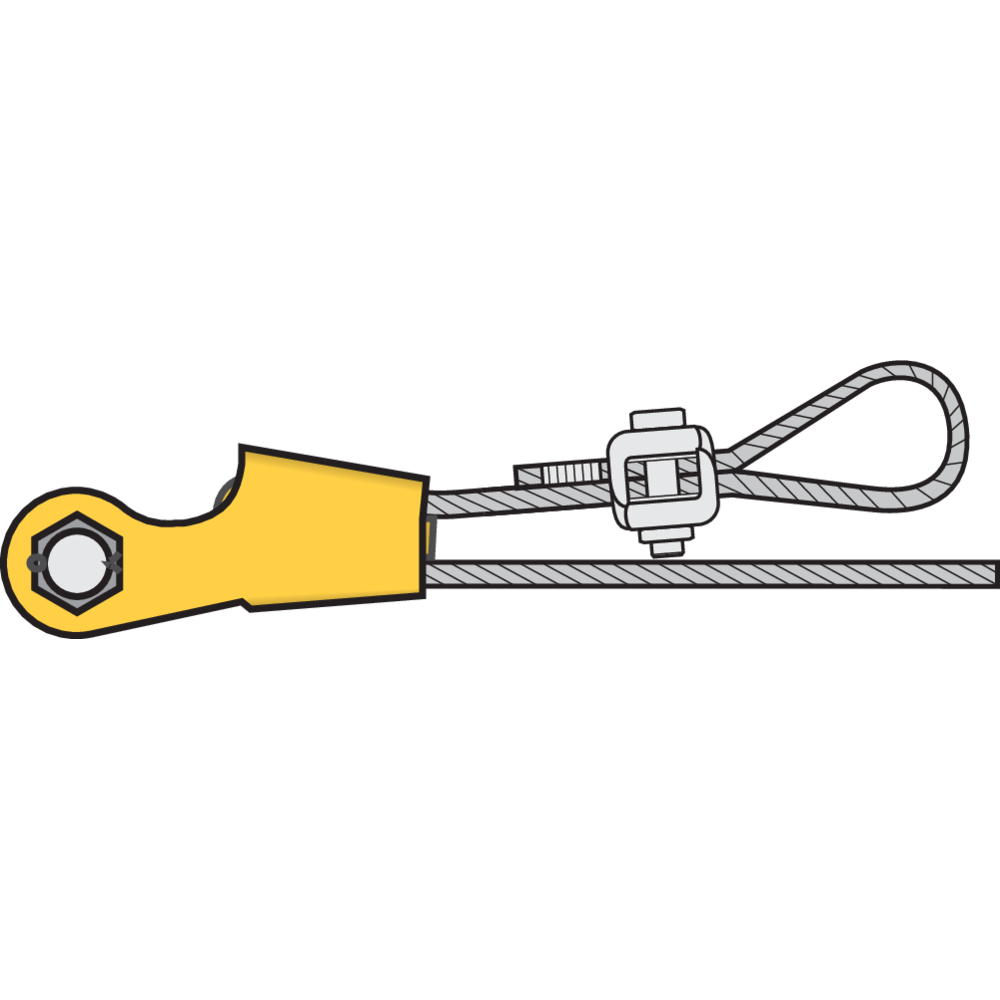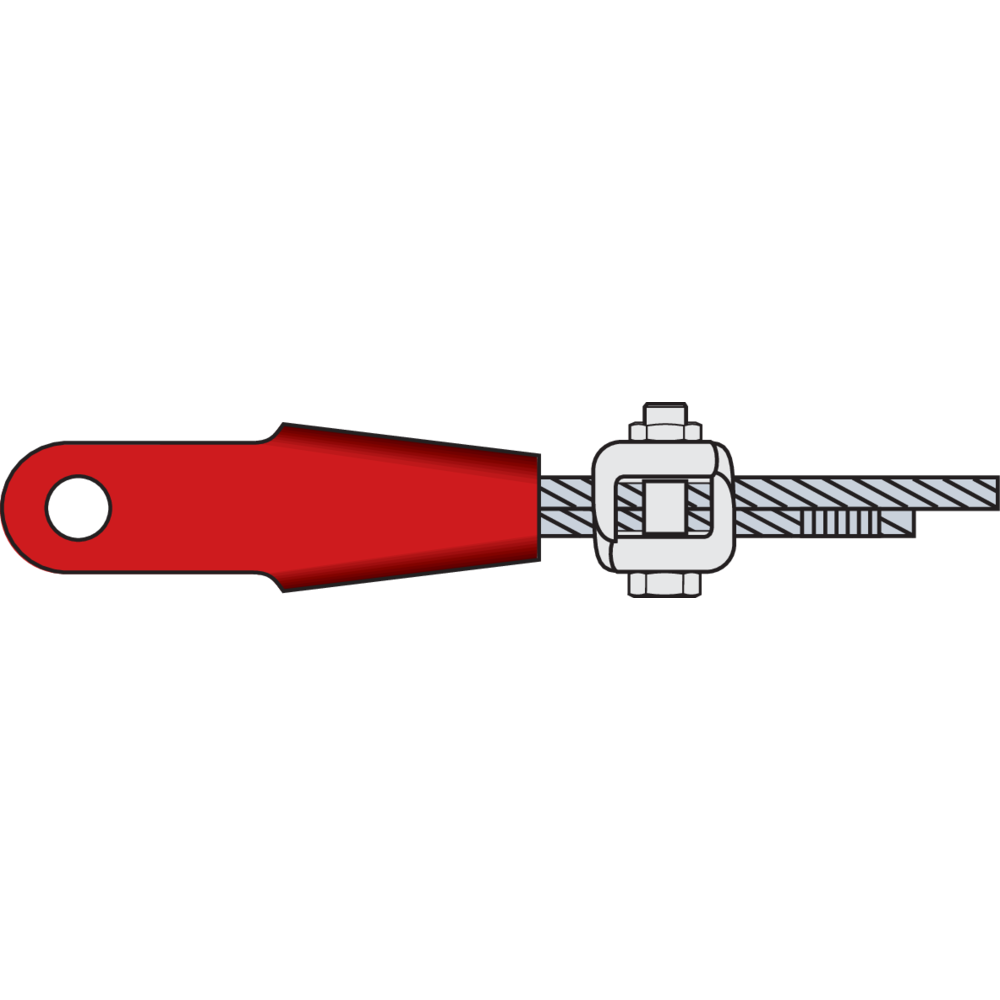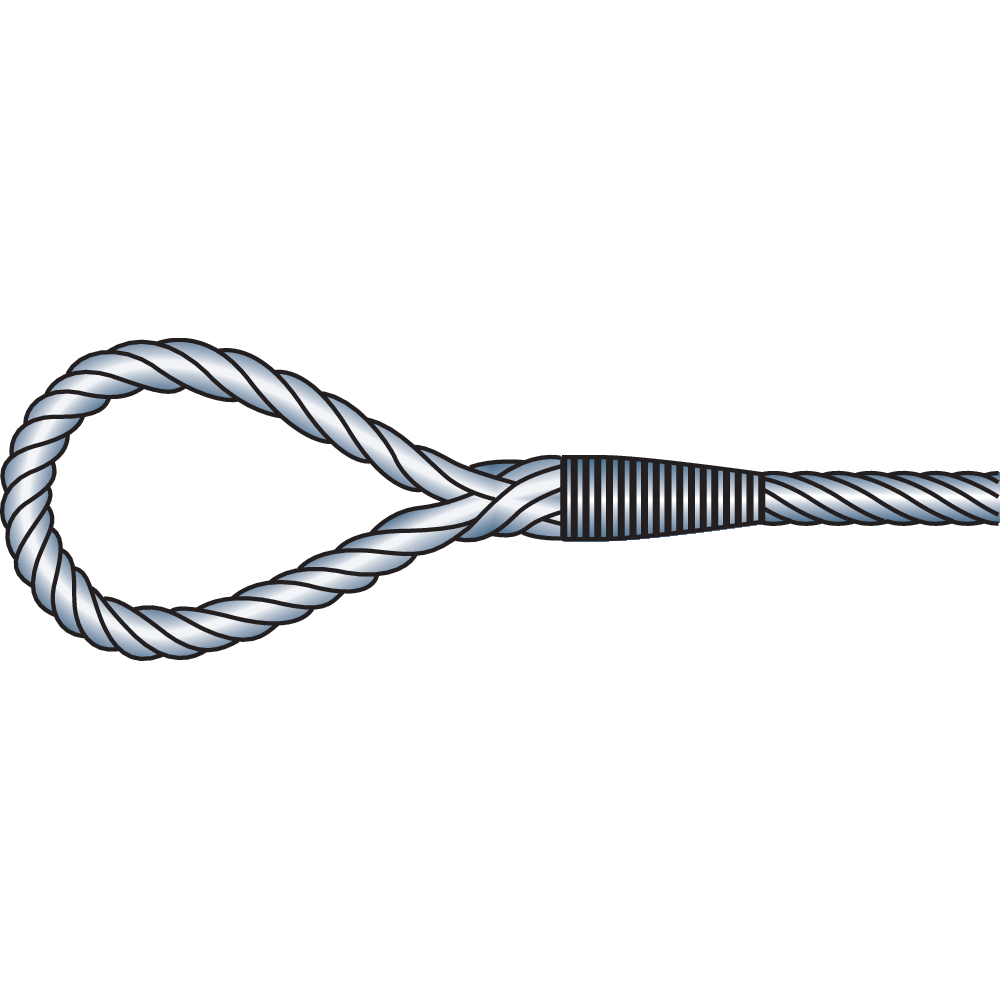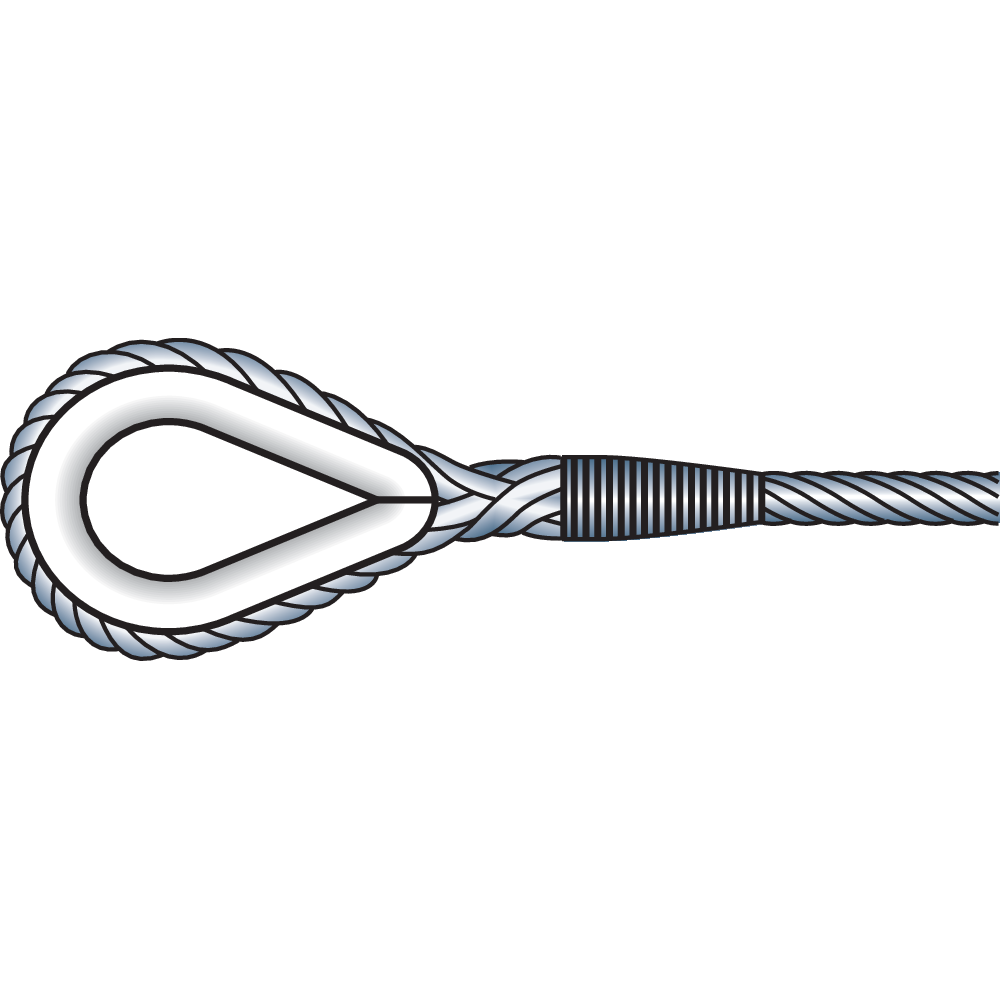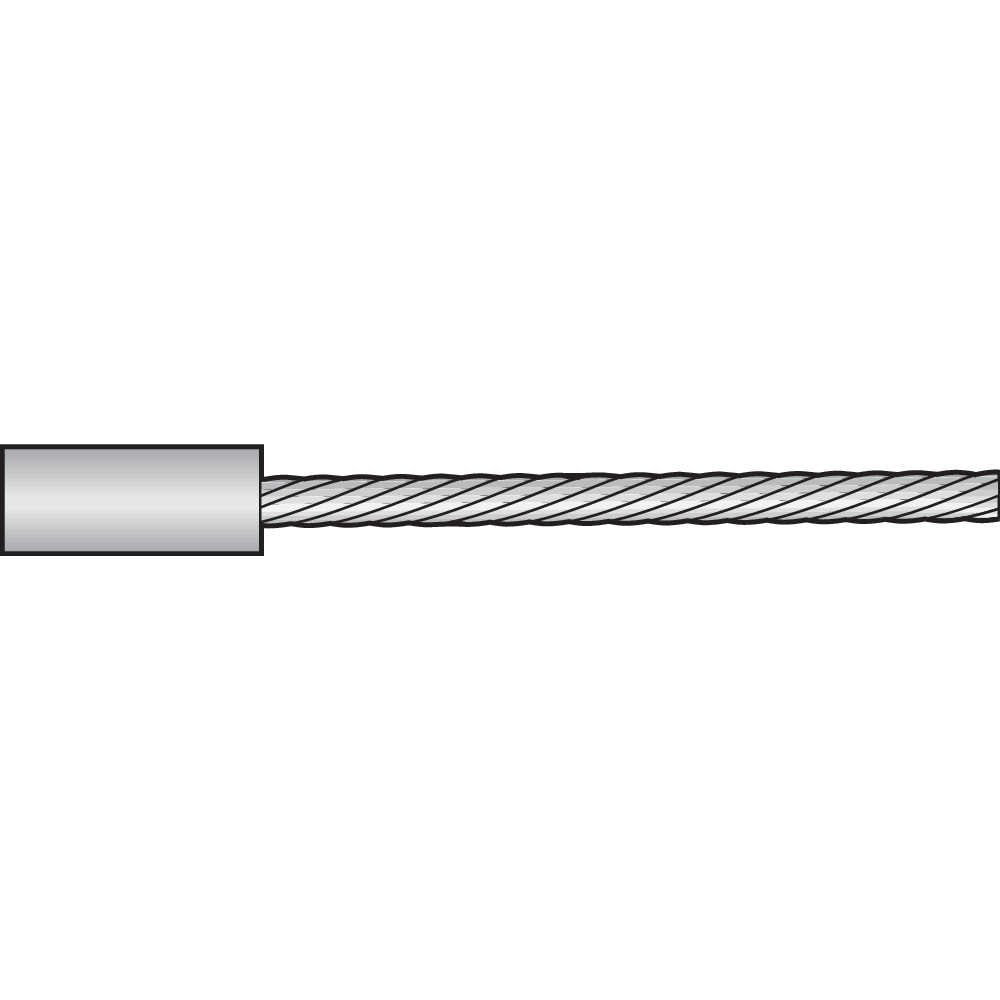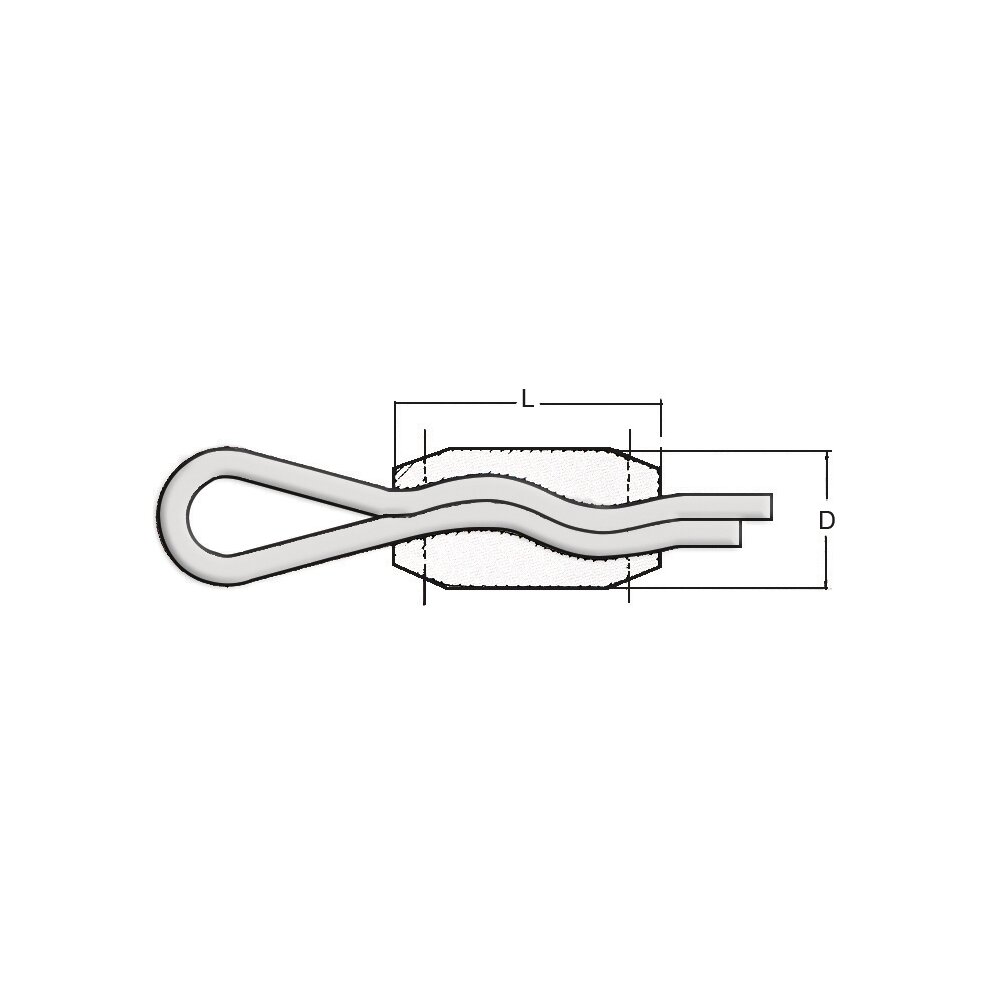Steel Wire Rope Sling Properties
In this Technical Guidance section you will find information on how to construct wire rope slings and adhere to the legislation to ensure the safety.
Steel Wire Rope Slings
General
General: Steel wire rope slings are in most cases easier and less expensive than chain slings. Galvanised wire rope provides good protection against corrosion, in extreme environments stainless wire ropes can be used. For extremely heavy lifting wire rope slings are usually the best option.
Material/Design: For manufacturing of wire rope slings the rope grade shall be either 1770 or 1960 N/mm². In multi-leg slings the rope dimension and grade shall be the same for each leg. The working load limit of the lower terminal fitting(s) shall be at least equal to that of the leg(s) to which it is/they are fitted. Where a terminal fitting is used, the eye termination shall always be fitted with a thimble. For 3- and 4-leg slings a master link with intermediate link should bee used.
Safety factor: 5:1.
Standard: EN 13414-1
Note: EN 13414-1 is valid for diameter ø8 mm to ø60 mm
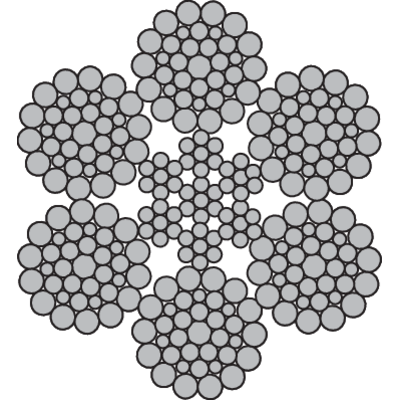


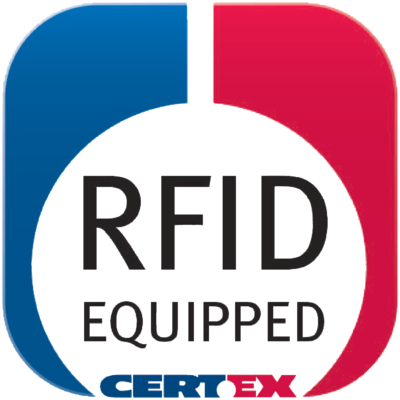




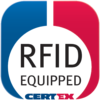






Hazardous Conditions
Particularly hazardous conditions including offshore activities, the lifting of persons and lifting of potentially dangerous loads such as molten metals, corrosive materials or fissile materials. In such cases the degree of hazard should be assessed by a competent person and the working load limit adjusted accordingly.
Ferrule/Splicing
The minimum length of plain rope between the inside ends of ferrules terminating a sling leg shall be 20 times the nominal rope diameter. The minimum length of plain rope between the tails of splices shall be at least 15 times the nominal rope diameter. For endless sling the length between the ferrules shall not be less than three times the length of the ferrule after pressing.
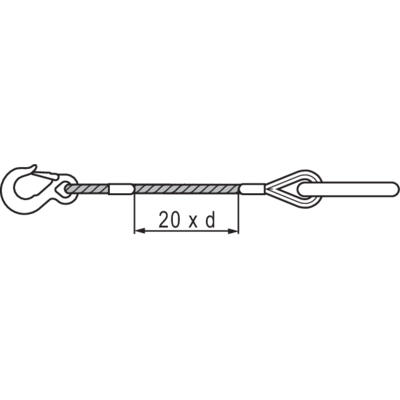
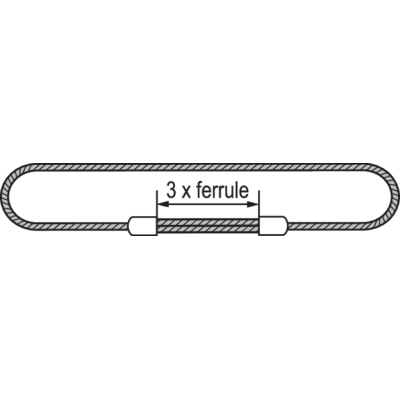
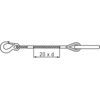



Soft Eye
The peripheral length (l) of a soft eye shall be at least four rope lay lengths. CERTEX apply as standard that the length (h) of the soft eye shall be at least 15 times the rope diameter.
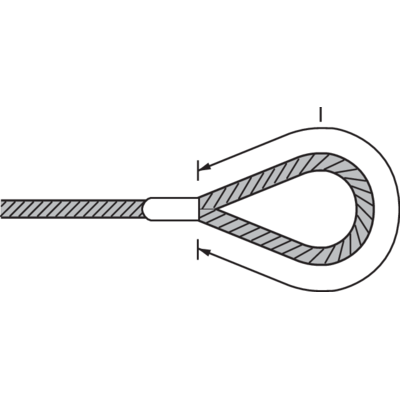
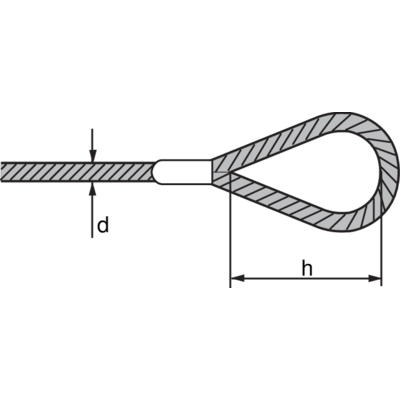

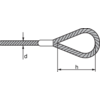


Multi Leg Slings
The working load limit of any master link shall be at least equal to that of the sling. The working load limit of any intermediate link fitted to a three-leg or four-leg sling shall be at least equal to 1,6 times the WLL of one of the legs suspended from it.
WARNING! When using the steel wire rope sling for projected lifting with an angel (ß) less then 45°, the working load limit will increase. This shall be informed by the time of order.
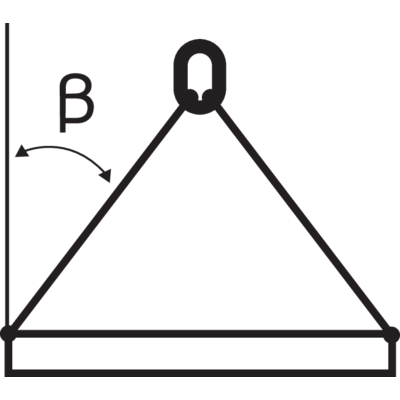
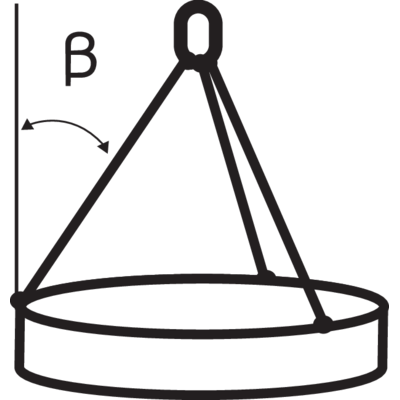
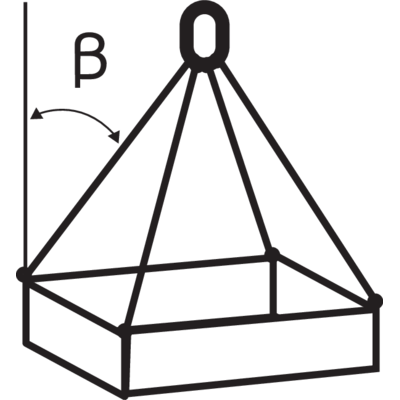


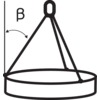
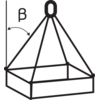





Length
The length (L) shall be that measured between the bearing points of the sling or the circumference length of an endless sling.
Single leg and endless slings
The measured length of a ferrule-secured sling shall not differ from the nominal length by more than two rope diameters or 1 % of the nominal length, whichever is the greater.
The measured length of a spliced sling shall not differ from the nominal length by more than four rope diameters or 2 % of the nominal length, whichever is the greater.
Where single leg slings are intended to be used as matched sets, the difference in length of matched sets of ferrule-secured eye slings shall not exceed the rope diameter, or 0,5 % of the nominal length, whichever is the greater.
Multi leg slings
The measured individual leg length of a ferrule-secured sling shall not differ from the nominal length of the sling by more than two rope diameters or 1 % of the nominal length, whichever is the greater.
The difference in length between the individual legs of any multi-leg sling under no load shall not exceed 1,5 times the rope diameter or 0,5 % of the nominal length, whichever is the greater.
"Laid" (cable-laid) endless slings
The measured length for cable-laid grommets with diameter <61 mm the tolerance shall be ±1d or 1% of the nominal length, whichever is the greater. For cable-laid grommets with diameter >65mm the tolerance shall be ±0,5d or 0,5% of the nominal length, whichever is the greater.
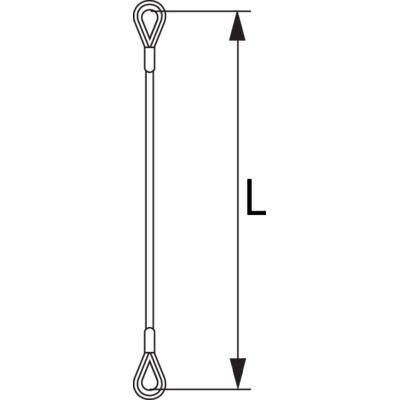
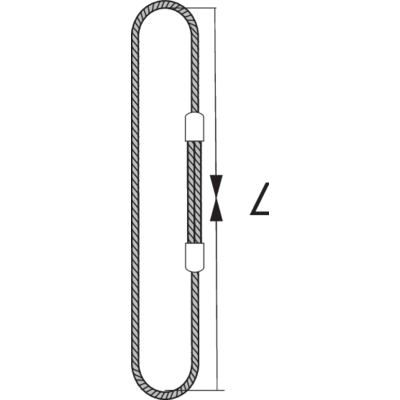
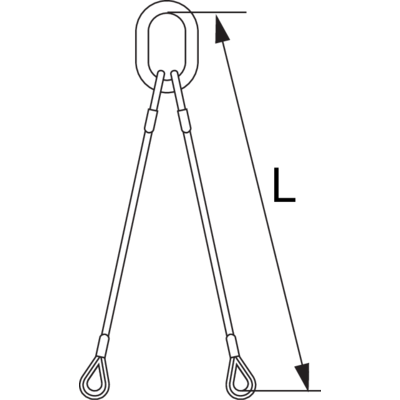
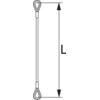
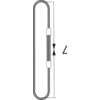
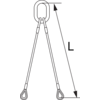



Marking
Each sling shall be provided with a marking plate or be marked in the ferrules (single leg and endless slings) with the manufacturer's identifying mark, working load limit (WLL), length, manufacturing date and CE marking.
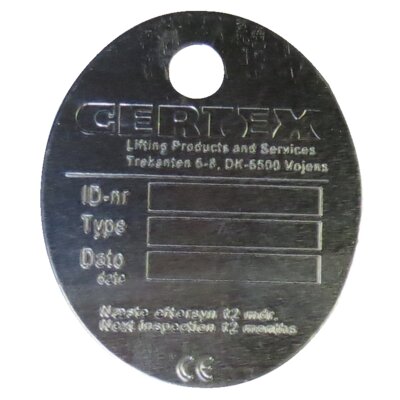
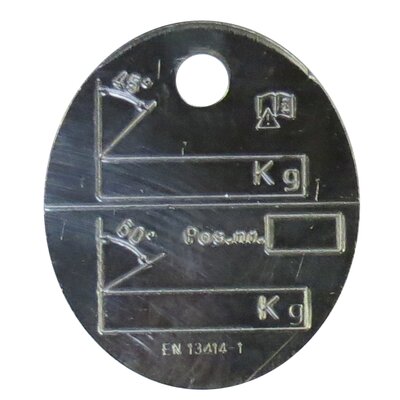
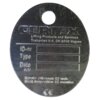
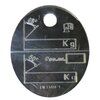


Dimensioning for Steel Wire Rope Slings
Working load limit (WLL) for steel wire rope sling
Single leg sling
WLL (ton) = (Fmin x KT) / (Zp x g)
Endless sling (choke)
WLL (ton) = (Fmin x KT x 2 x 0,8) / (Zp x g)
Multi-leg sling
WLL (ton) = (Fmin x KT x KL) / (Zp x g)
Fmin = the minimum breaking force of the rope, in kN.
KT = factor for the efficiency of the termination, for ferrule 0,9 and for spliced 0,8.
KL = the leg factor relating to the number of legs and the angle to the vertical, see WLL-table.
Zp = the coefficient of utilization (working coefficient), with the value 5.
g = 9,81
Bending diameters effect on the working load limit (WLL)
CERTEX recommend that consideration will be taken to that the slings capacity will be lower when the bending diameter decreasing. If, for example the rope bends around a bearing point which has the same diameter as the rope itself the capacity will decrease to half, see figure.
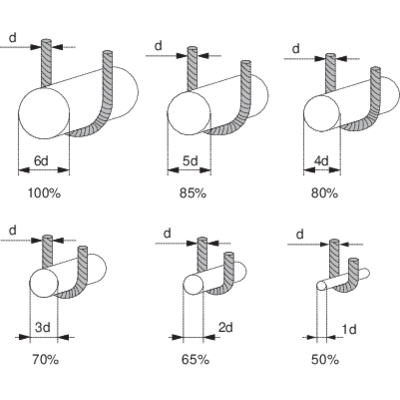
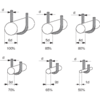

Wire Rope Fittings
Wire Rope Fittings
P-ferrules, cylindrical ferrules: Straight edges against the wire rope. Externally diameter is approximately two times the rope diameter. Total length is approximately 4,5 times the rope diameter.
PK-ferrules, cylindrical/conical ferrules: Cone against the wire rope in one end, the other end is straight. Externally diameter is approximately two times the rope diameter. Total length is approximately 5-6 times the rope diameter.
R-ferrules, cylindrical end stop: Straight edges against the wire rope. Externally diameter is approximately two times the rope diameter. Total length is approximately 4,5 times the rope diameter.
T-LOC, steel reinforcement turnback ferrule: For rotation resistant wire rope when used together with solid thimble. Prevents the aluminum ferrule from splitting. Swaged together with a standard turnback ferrule. Approved for wire ropes of grade 2160 N/mm2.
Material: Aluminum alloy/steel alternatively copper alloy/stainless steel for stainless steel rope slings.
Socketing
Socketing achieves with zinc alloy, pure zinc or with cold tempered two-component compound in our standard sockets or in special sockets according to customers desires.
Splice
Splicing achieves as a short splice, crane splice, long splice or grommets.
Swaged terminals
Swaging of terminals achieves by roller pressing the terminal over single wire rope. Standard terminals are available in stainless material, but are also manufactured in other materials and constructions according to the customers desires.
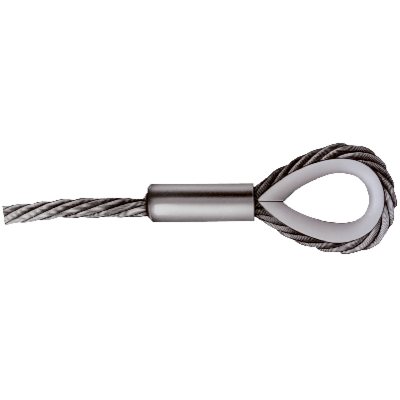
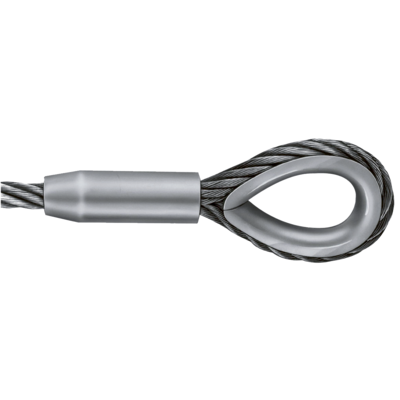
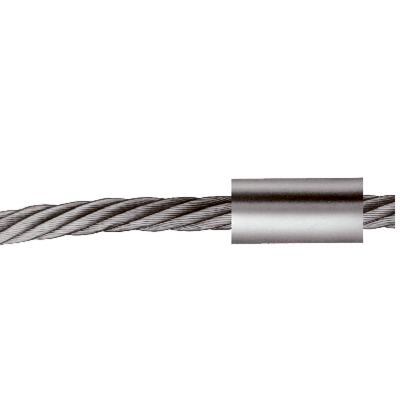

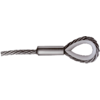

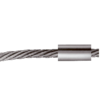
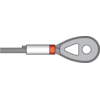




Wire Rope Fittings
The most commonly used rope fittings with indication of remaining percentage of steel wire min breaking force.
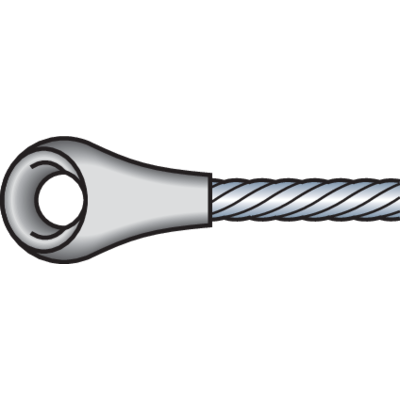
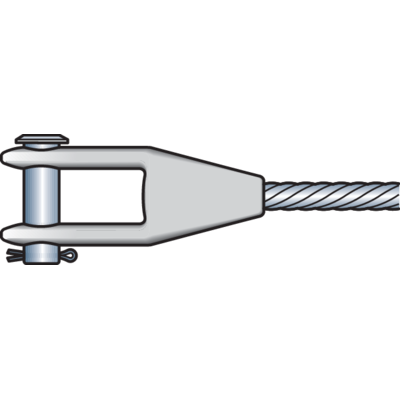
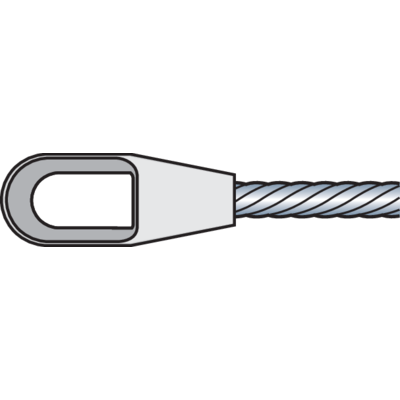



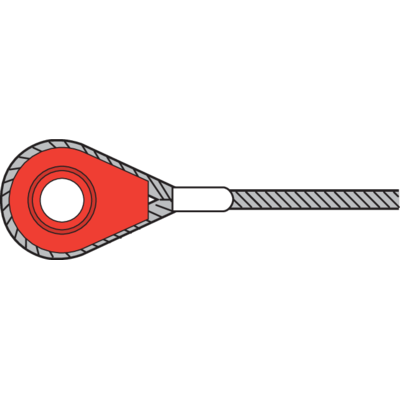
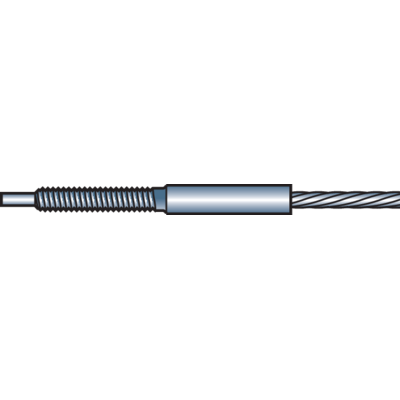
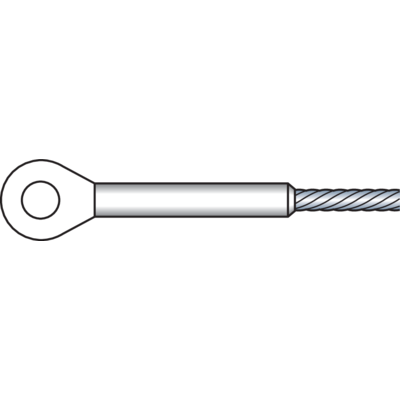
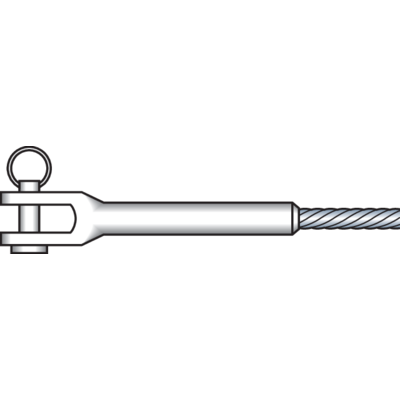
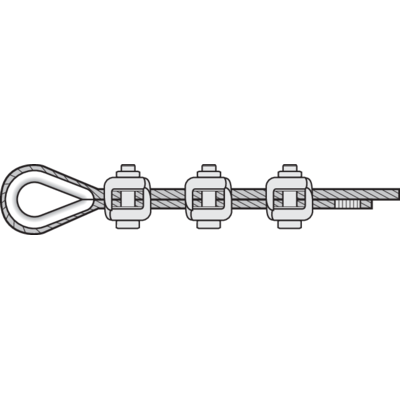

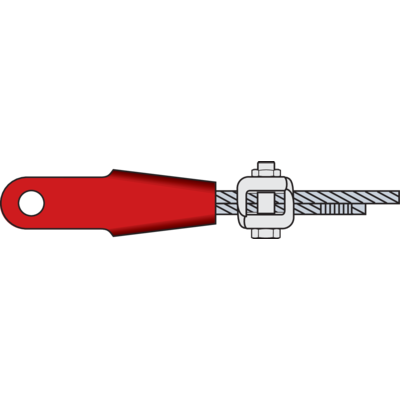
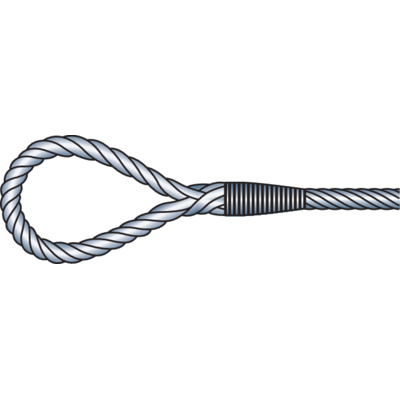
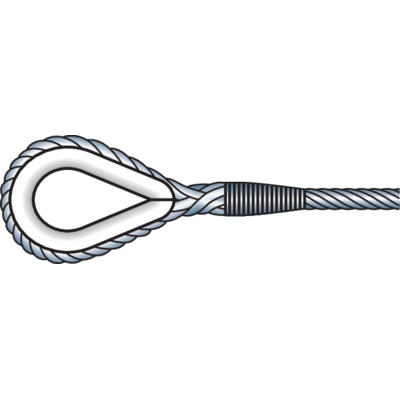

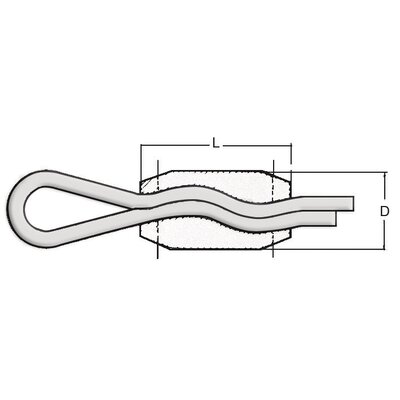
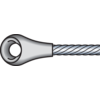
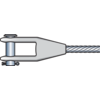
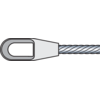
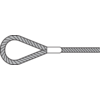
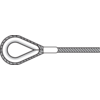
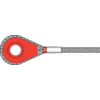
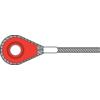
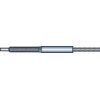

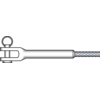
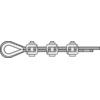

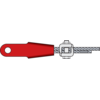
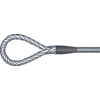
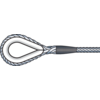
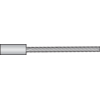
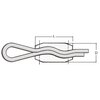

















Lifting capacity and working temperature
Lifting capacity is marked on the suspension points and given for each nominal size in tables and graphs in the technical data sheet. These lifting capacities must not be exceeded.
With asymmetrical load distribution, the lifting capacity of single-leg rigging at 90° slinging angle is applicable to 2- to 4-leg rigging. This corresponds to the lifting capacity given on the suspension point.
|
Working temperature
|
WLL
|
|
- 40°C to + 200°C
|
no reduction
|
|
+ 200°C to + 300°C
|
less 10%
|
|
+ 300°C to + 400°C
|
less 25%
|
|
over 400°C
|
not permissible
|
After using at over 200 °C, the lifting capacity must be permanently reduced as per the above table. Bearing wear may be accelerated and must be monitored by the user (see below for detecting wear).
Working Load Limit (WLL)
Fibre Core
General: Working load limits for slings with fibre core in grade 1770 or 1960 N/mm2 ferrule-secured, P- or PK-ferrules.
Fibre core - 1770 N/mm²

* When using a multi-leg sling in a choker hitch - reduce the value with 20%.
Fibre core - 1960 N/mm²

* When using a multi-leg sling in a choker hitch - reduce the value with 20%.
Steel core
General: Working load limits for slings with steel core in grade 1770 N/mm2 and 1960 N/mm2 ferrule-secured, P- or PK-ferrules.
Steel core - 1770 N/mm²

* When using a multi-leg sling in a choker hitch - reduce the value with 20%.
Steel core - 1960 N/mm²

* When using a multi-leg sling in a choker hitch - reduce the value with 20%.
Technical Guidance
READ MORETraining
ENQUIRE NOW